The Huawei P60 Pro is here in the Philippines, and it’s only natural that we compare it with two of its flagship rivals: the Samsung Galaxy S23 Ultra and the iPhone 14 Pro. All three phones are at the top of the heap when it comes to taking photos, but only one is the true camera king. DxOMark has already proclaimed the winner here but of course, seeing is believing – and boy does the P60 Pro make us believe. To really underline just how much better the P60 Pro is vs the competition, a bit of a camera comparison is in order vs its two biggest rivals.
Before we dive into the sample photos, let’s look at what each phone has to offer in terms of optics and camera hardware, starting with the P60 Pro. The main camera uses Huawei’s Ultra lighting 48MP RYYB XMAGE camera that has an adjustable physical aperture lens. Without getting too technical, it means the P60 Pro can adjust its aperture from f/1.4 to f/4.0, with ten stops in between.
The P60 Pro’s primary camera surpasses the Samsung Galaxy S23 Ultra and the Apple iPhone 14 Pro in terms of light intake, with aperture openings reaching f/1.7 and f/1.8, respectively. Consequently, the P60 Pro outperforms its competitors in low-light conditions. This advantage becomes evident in the captured shots, and to be honest, the P60 Pro’s main camera performs exceptionally well in low light, rendering the need for night mode almost unnecessary.
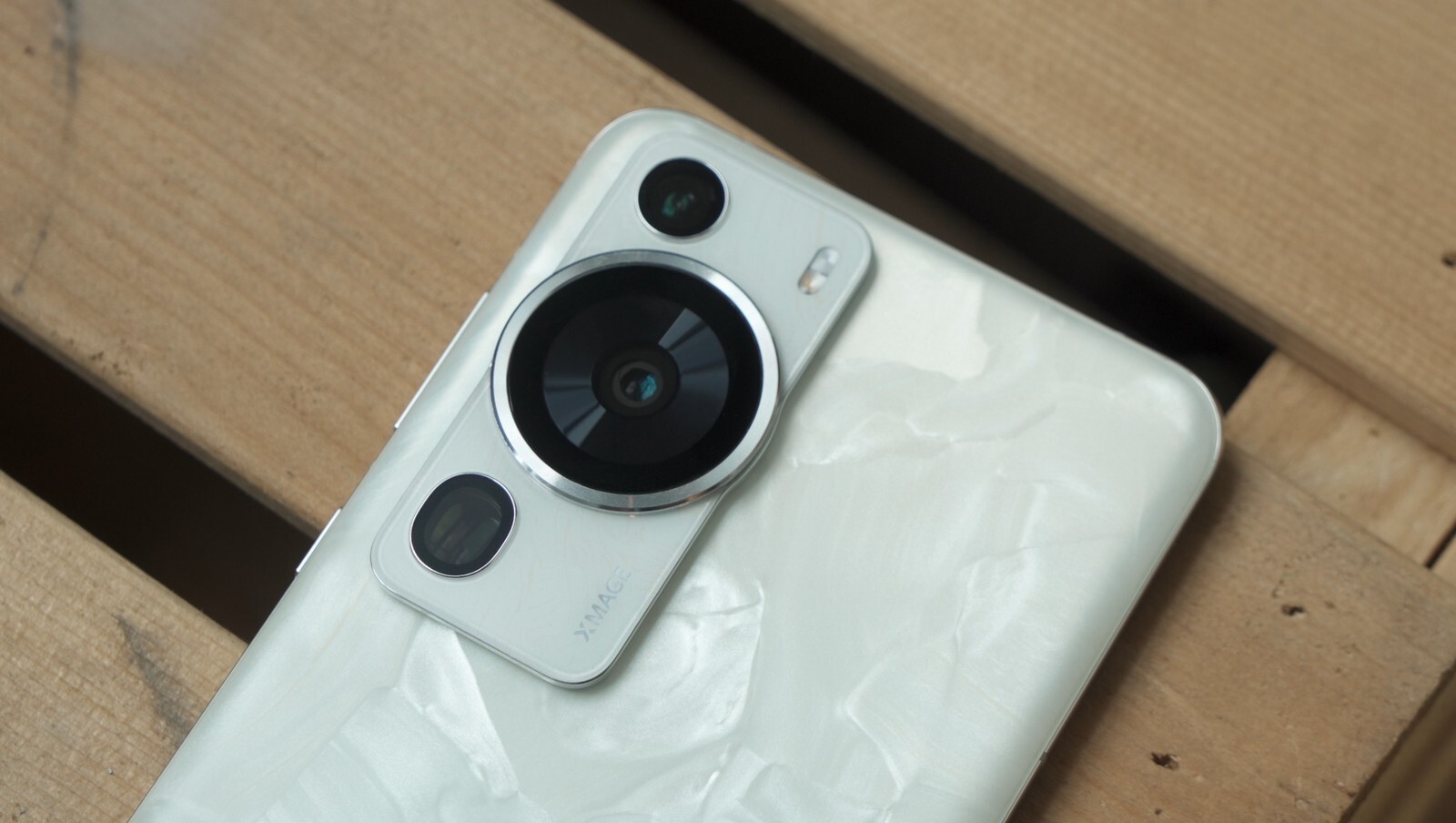
In addition to the main camera, a standout feature of the P60 Pro’s photography capabilities is its remarkable zoom lens. Utilizing the same 48MP RYYB sensor as the primary camera, the zoom lens introduces a groundbreaking f/2.1 aperture. This aperture setting is the widest ever witnessed on a mobile phone for a zoom lens, surpassing the Galaxy S23 Ultra’s zoom lens aperture of f/2.4 and the Apple iPhone 14 Pro’s f/2.8. Remarkably, the P60 Pro achieves this while occupying less space than its competitors, thanks to its compact zoom module.

This makes for unbelievable portrait shots in low light, as the P60 Pro’s zoom camera can take in a lot more light, and ultimately, a lot more detail, than the competition.
The final camera on the list is the 13-megapixel, f/2.2 aperture ultra-wide camera. Nothing too crazy about this camera unlike its two other brothers, but it’s still a great camera to use in both daylight and low light.
Before we begin, take note that the photos below were taken without turning on night mode.
Alright with all of that out of the way, it’s time to take a look at the images:
Let’s begin with photos taken in bright light, as that’s typically what people are most interested in before delving into the exciting aspects of this comparison. It’s not unexpected that all three flagship phones performed well in broad daylight. However, the P60 Pro stands out with its superior overall photo quality, boasting a more appealing combination of white balance, color saturation, and detail.
When zoomed at 3.5x (3x for the other flagships), the iPhone 14 Pro noticeably lags behind in terms of photo quality compared to the other two flagships. As we captured these images around 5 PM, image noise starts to become a concern, however, the P60 Pro manages to maintain clean-looking images despite the challenging conditions. The S23 Ultra shows relatively minimal noise, whereas the iPhone 14 Pro exhibits more pronounced noise.
3.5x ZOOM (3.0x for S23 Ultra and iPhone 14 Pro)
10x ZOOM
OK, let’s get to the part that everyone wants to see: low-light performance. This photo really illustrates how much more light the main camera of the P60 Pro collects VS the competition. You can clearly see the difference in how much of the brick detail can be seen on either side of the buildings in this shot.
You can see that play out again in this shot, with the iPhone 14 Pro showing some optical aberrations in the sky due to the challenging low-light conditions. Samsung’s Galaxy S23 Ultra looks better, but the P60 Pro really has the best mix of exposure, detail, and post-processing here.
Here’s another low-light shot that really shows off the night shooting capabilities of the P60 Pro. While all three did well, the P60 Pro looks the cleanest and has the most detail here.
The P60 Pro’s zoom camera with a lower aperture truly shines when capturing images in demanding low-light situations. Zooming from 1x to 3x and further to 10x distinctly reveals the remarkable light-gathering capability of Huawei’s telephoto lens, which proves instrumental in challenging, light-deprived shooting scenarios.
3.5x ZOOM (3.0x for S23 Ultra and iPhone 14 Pro)
10X ZOOM
All three phones can take portrait shots, but the lower aperture of the P60 Pro really makes a tremendous difference in the detail captured in low light. That’s more than apparent in this photo – take a look at the detail on the shirt I’m wearing. Aside from the deeper bokeh that the P60 Pro produced here, the details on my shirt are more defined on the P60 Pro vs the S23 Ultra or even the iPhone 14 Pro. Noise is almost non-existent on the P60 Pro, while it’s present on the S23 Ultra and is very obvious on the iPhone 14 Pro.
In addition to its exceptional low-light shooting capabilities, the Huawei P60 Pro excels in Tele macro photography, courtesy of its long travel slide zoom mechanism integrated into the telephoto lens. While the S23 Ultra and the iPhone 14 Pro offer similar features, the P60 Pro stands out with noticeably more vibrant photos compared to its competitors.
The P60 Pro also is the only one of the three phones featured here that has a variable aperture, allowing it to vary its lens opening and thus give you complete control of what’s in focus and what’s not.
It’s not surprising then that DXoMark has given the P60 Pro its top marks for mobile photography, unseating OPPO’s Find X6 from the top of the charts. And while both the Samsung S23 Ultra and the iPhone 14 Pro are great flagship phones, the Huawei P60 Pro is really just on another level when it comes to mobile photography.
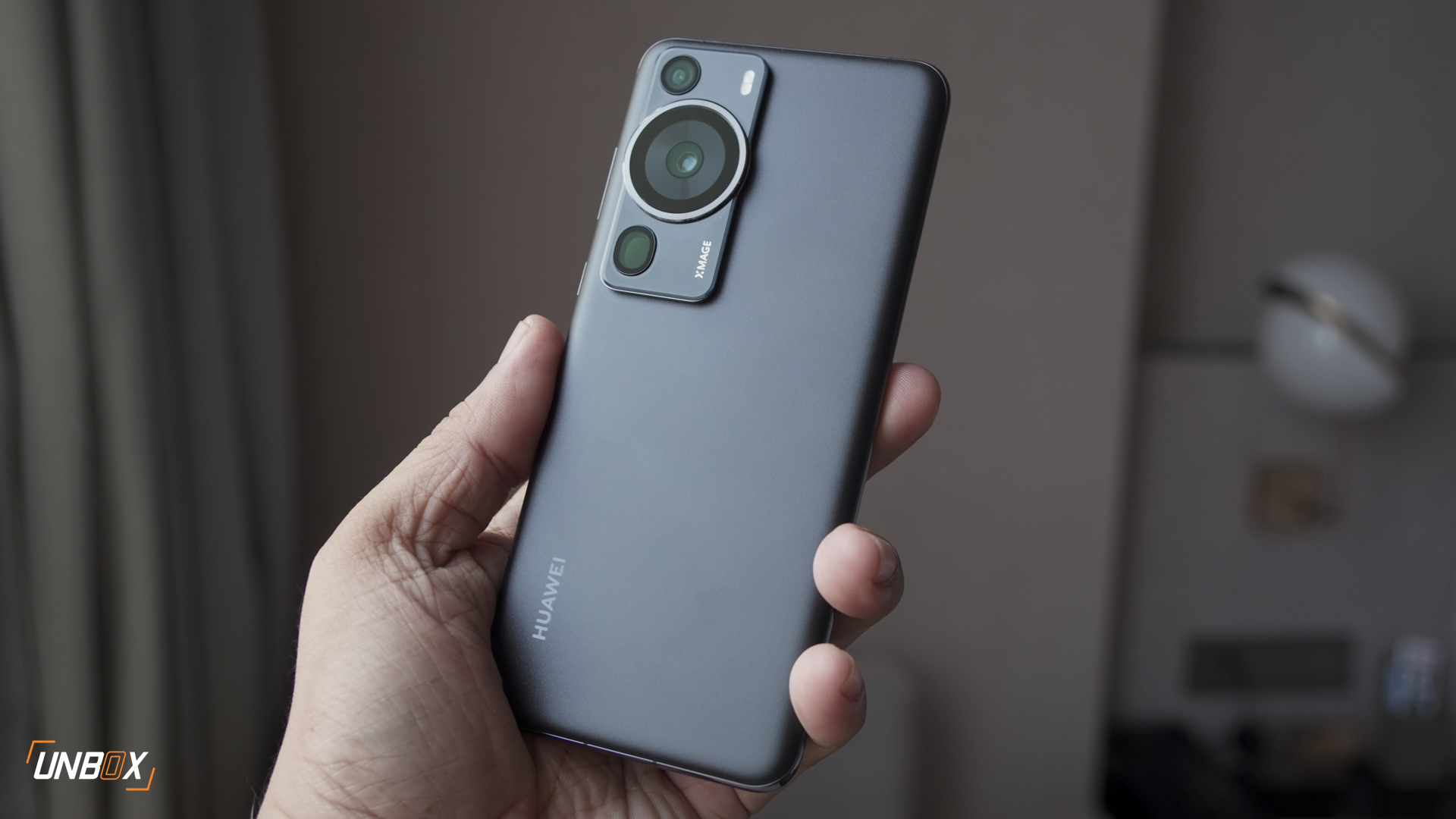
Aside from having a great camera the P60 Pro is also one of the nicest-looking flagships available in the Philippines. The Rocco Pearl design is one of the most unique smartphone finishes we’ve seen on a phone, with each instance of the design being unique to the bearer thanks to Huawei’s production process.
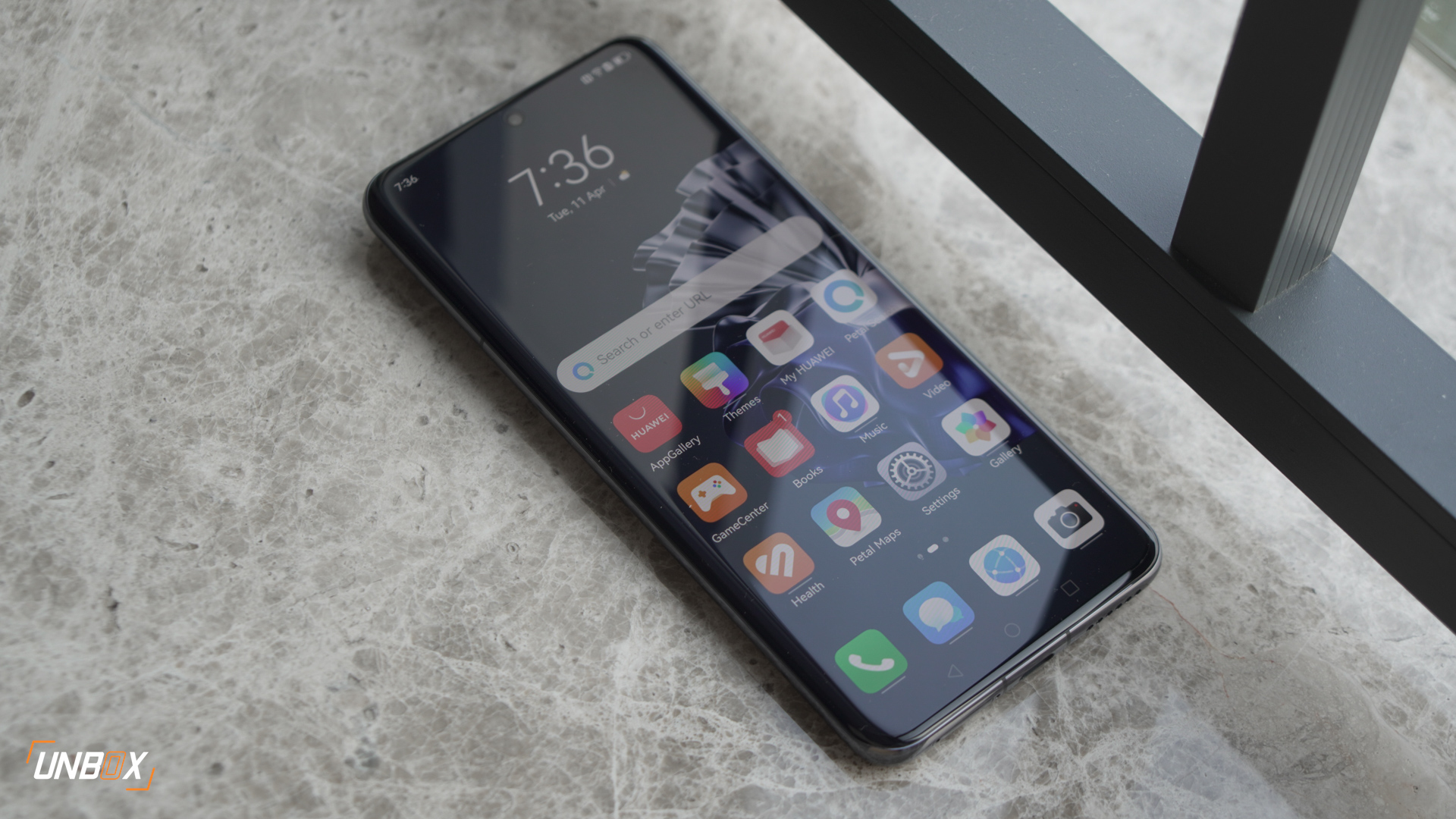
It’s also one of the toughest phones that Huawei has ever made, thanks to a new version of its Kunlun glass that has boosted its drop resistance 10 times over the Mate 50 Pro from last year. It’s also a full water and dust-resistant phone thanks to its IP68 resistance.
Finally, the phone comes with a beautiful 6.67-inch LTPO panel that has a 120Hz refresh rate, as well as a large 4815mAh battery and 88W fast wired and 50W wireless charging capabilities.
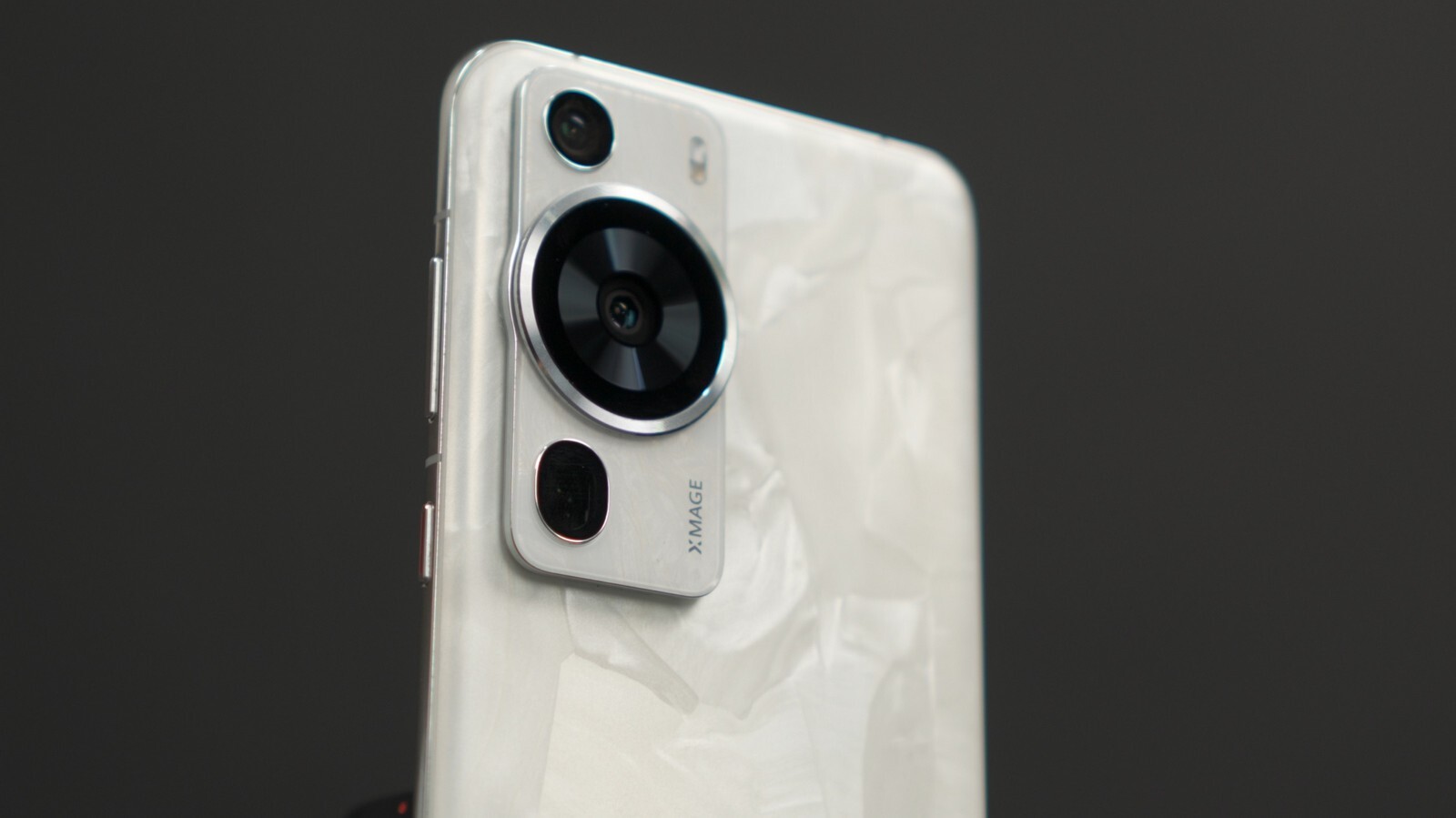
The P60 Pro is one of the best flagships you can buy today, especially if you value mobile photography. If you really want THE best smartphone when it comes to taking photos, you shouldn’t look further than the P60 Pro.
The Huawei P60 Pro has a price of Php 58,999 in the Philippines for the 8GB/256GB variant. The 12GB/512GB version is priced at Php 69,999. Pre-orders start on May 12 and runs till May 25, with pre-order customers receiving a Huawei Watch GT3 as a freebie, valued at Php 12,999. They also get 1-year extended warranty.



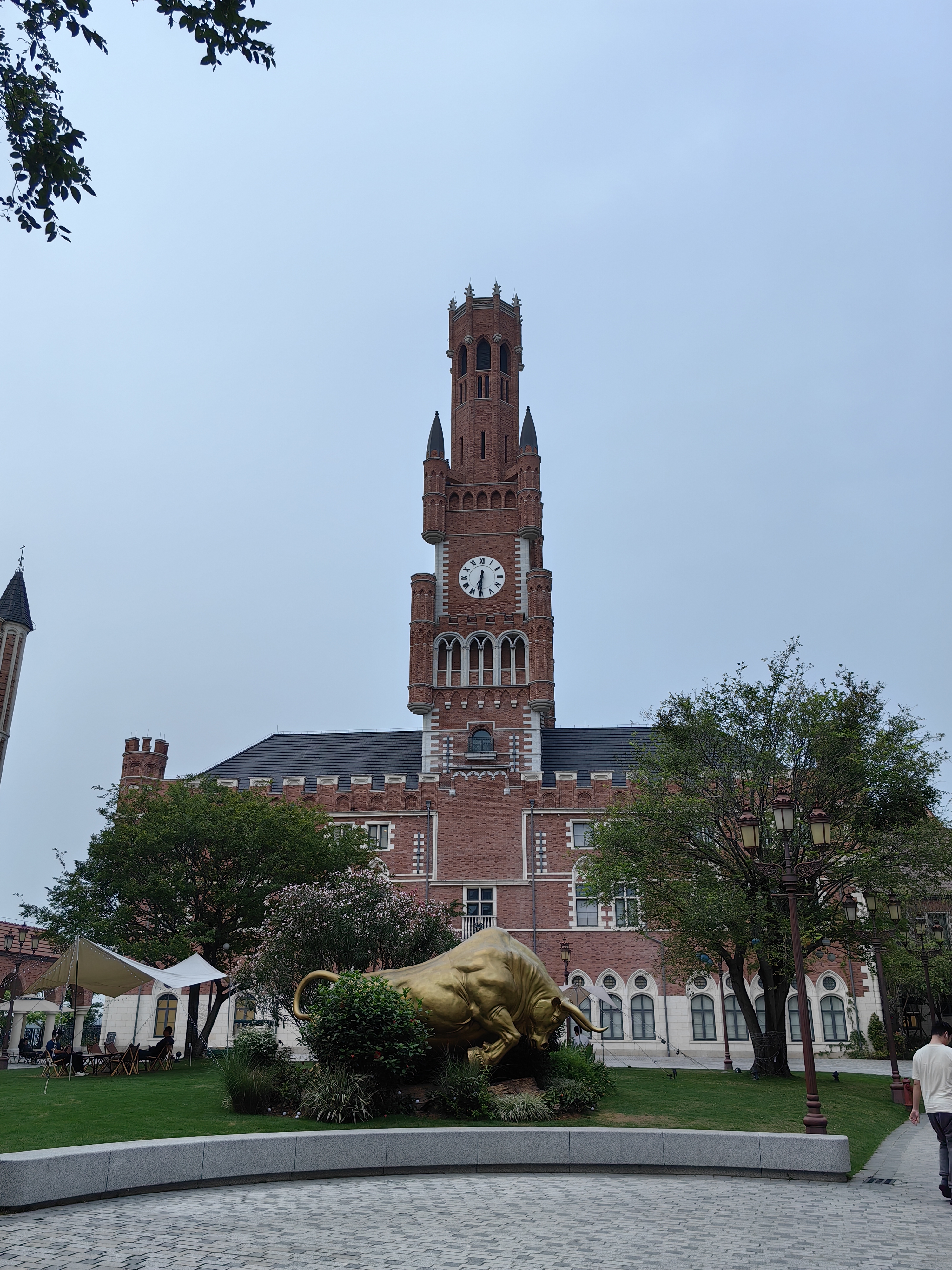
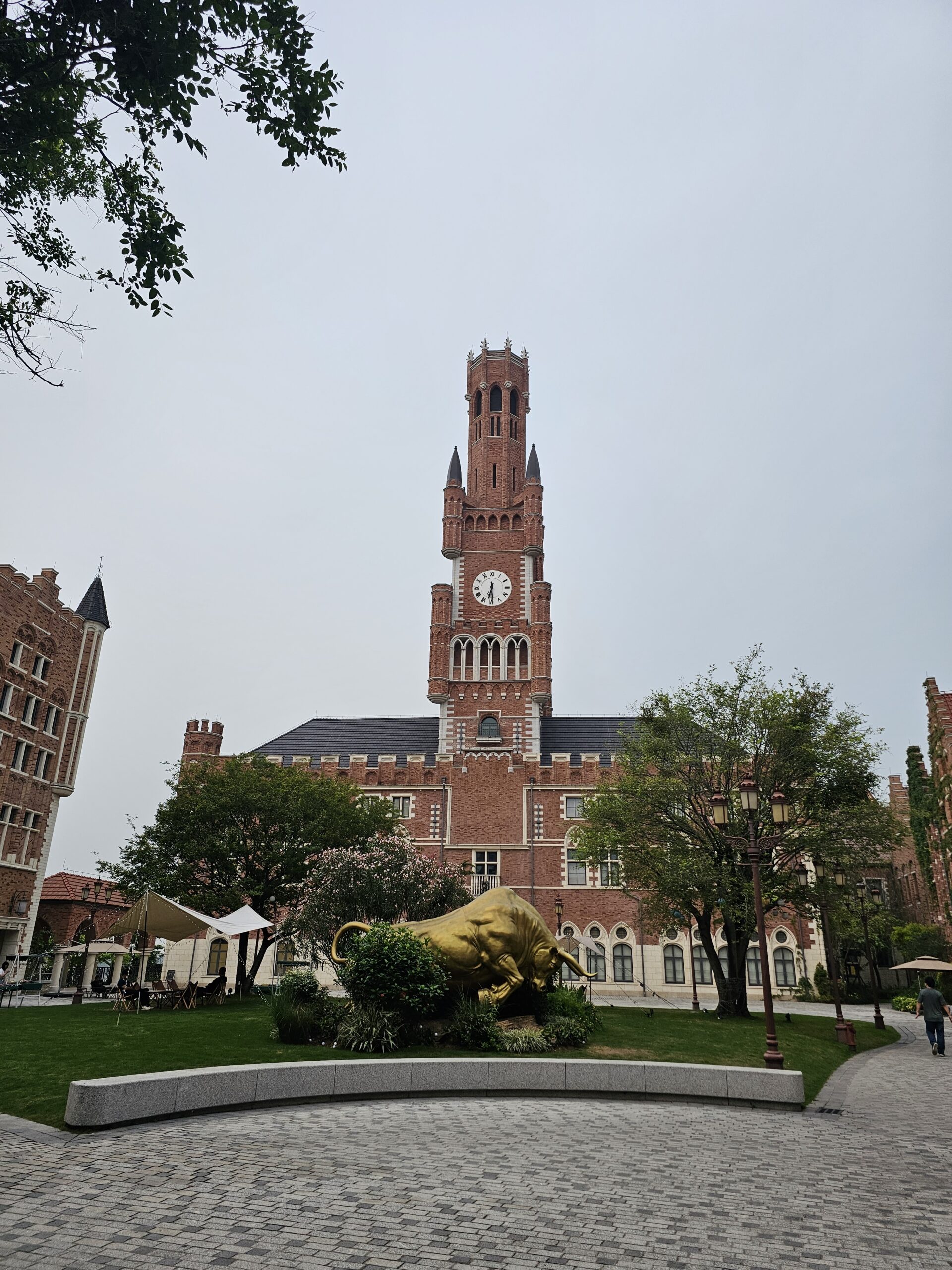
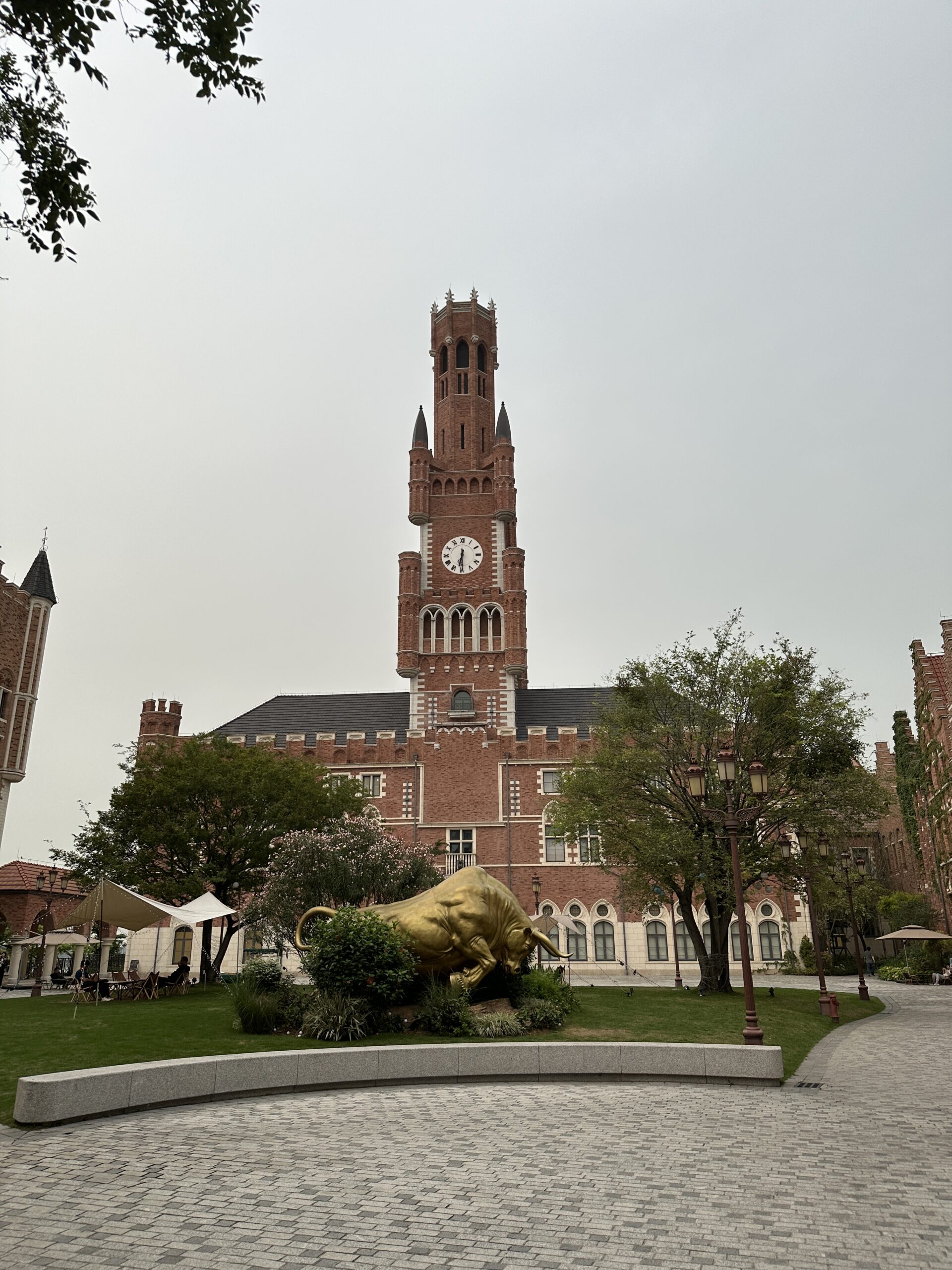
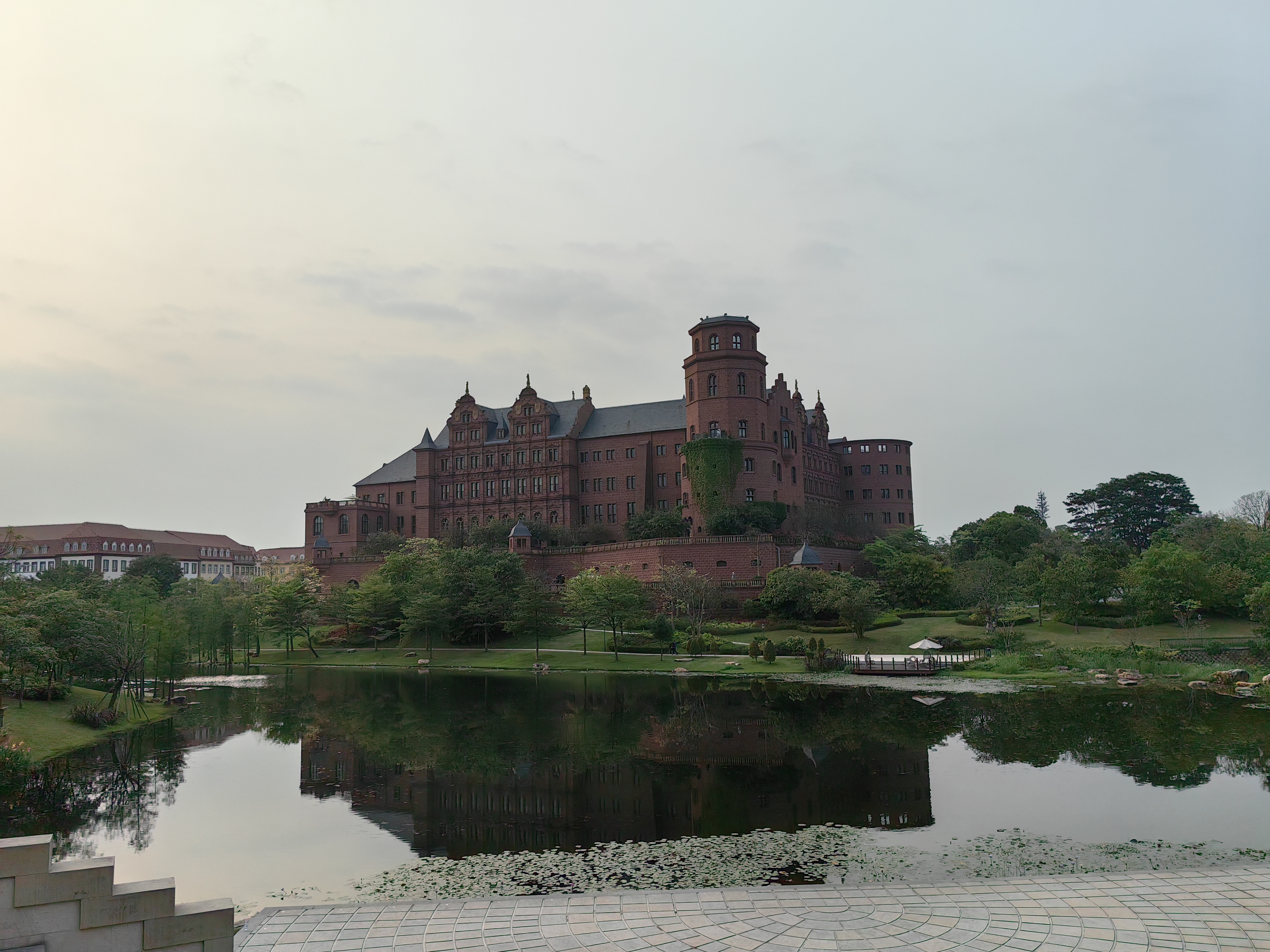
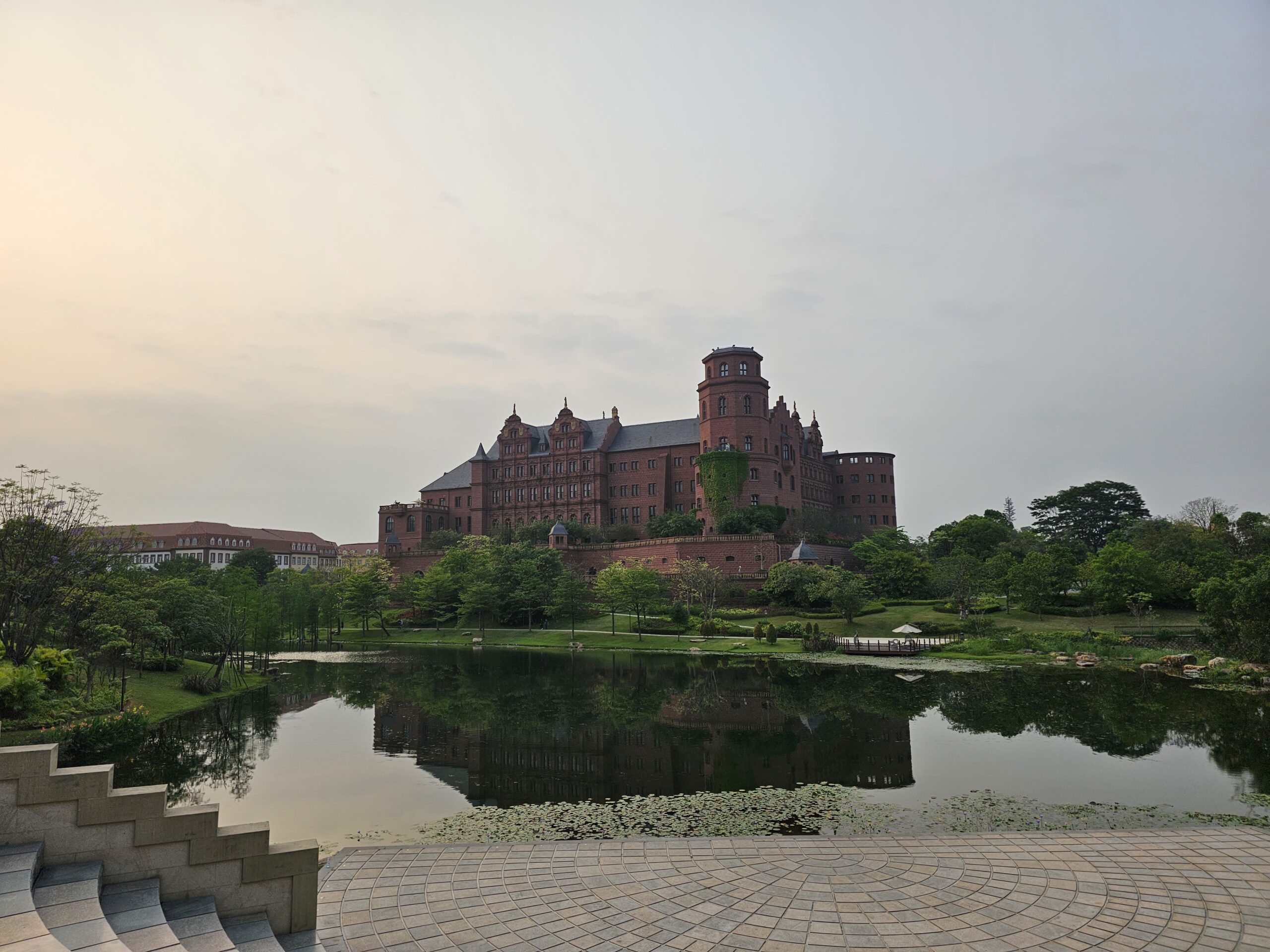
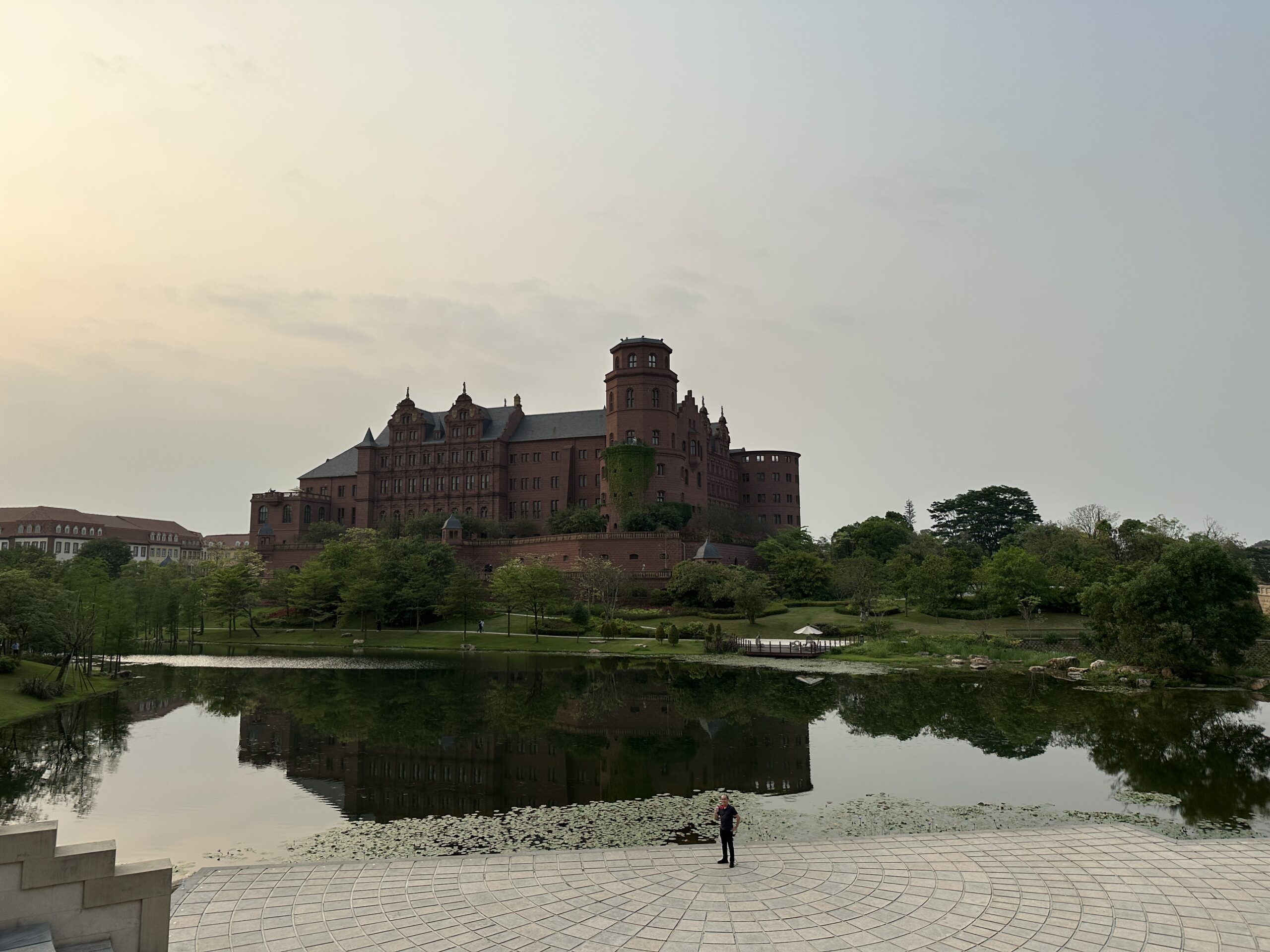
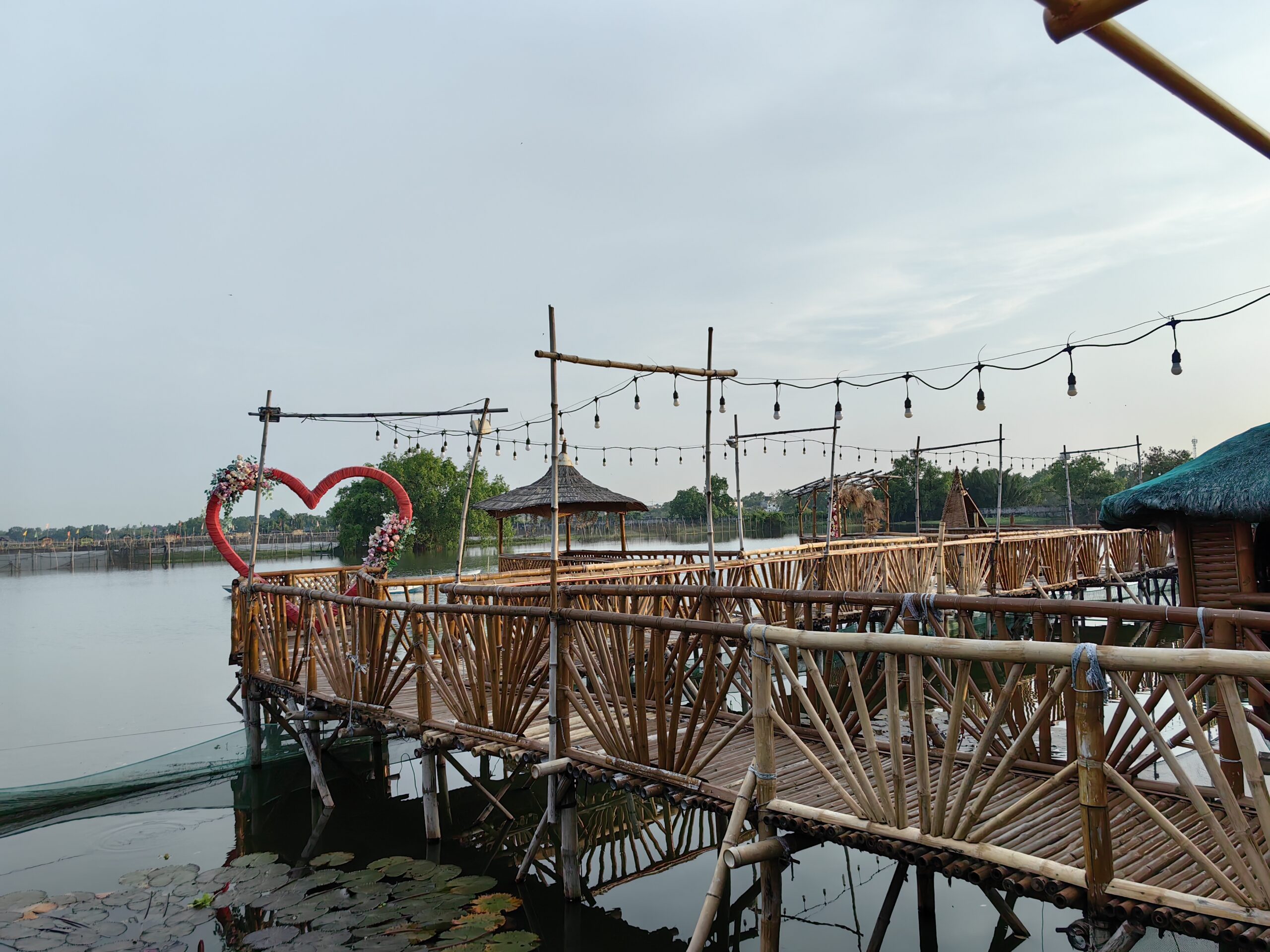
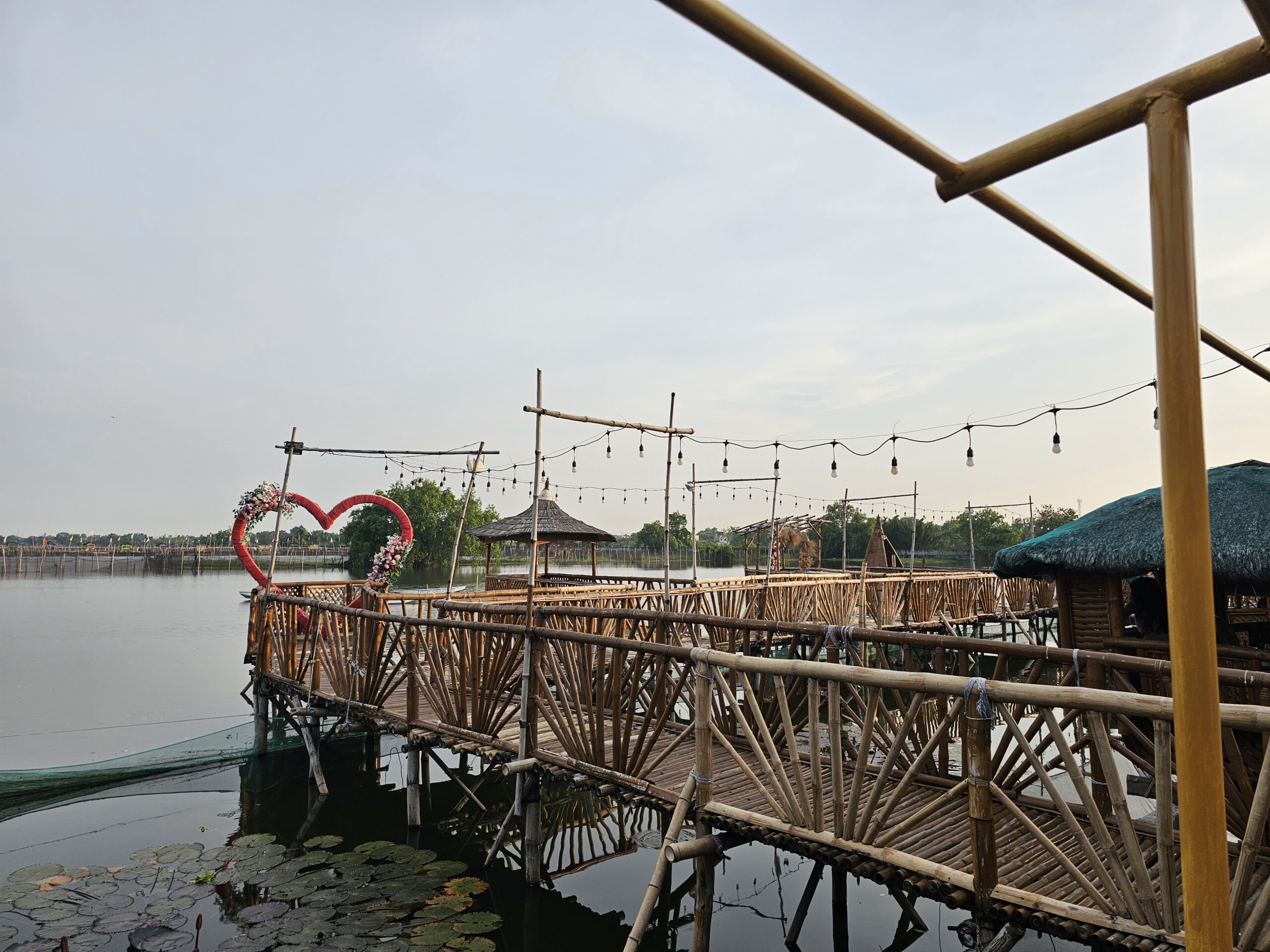
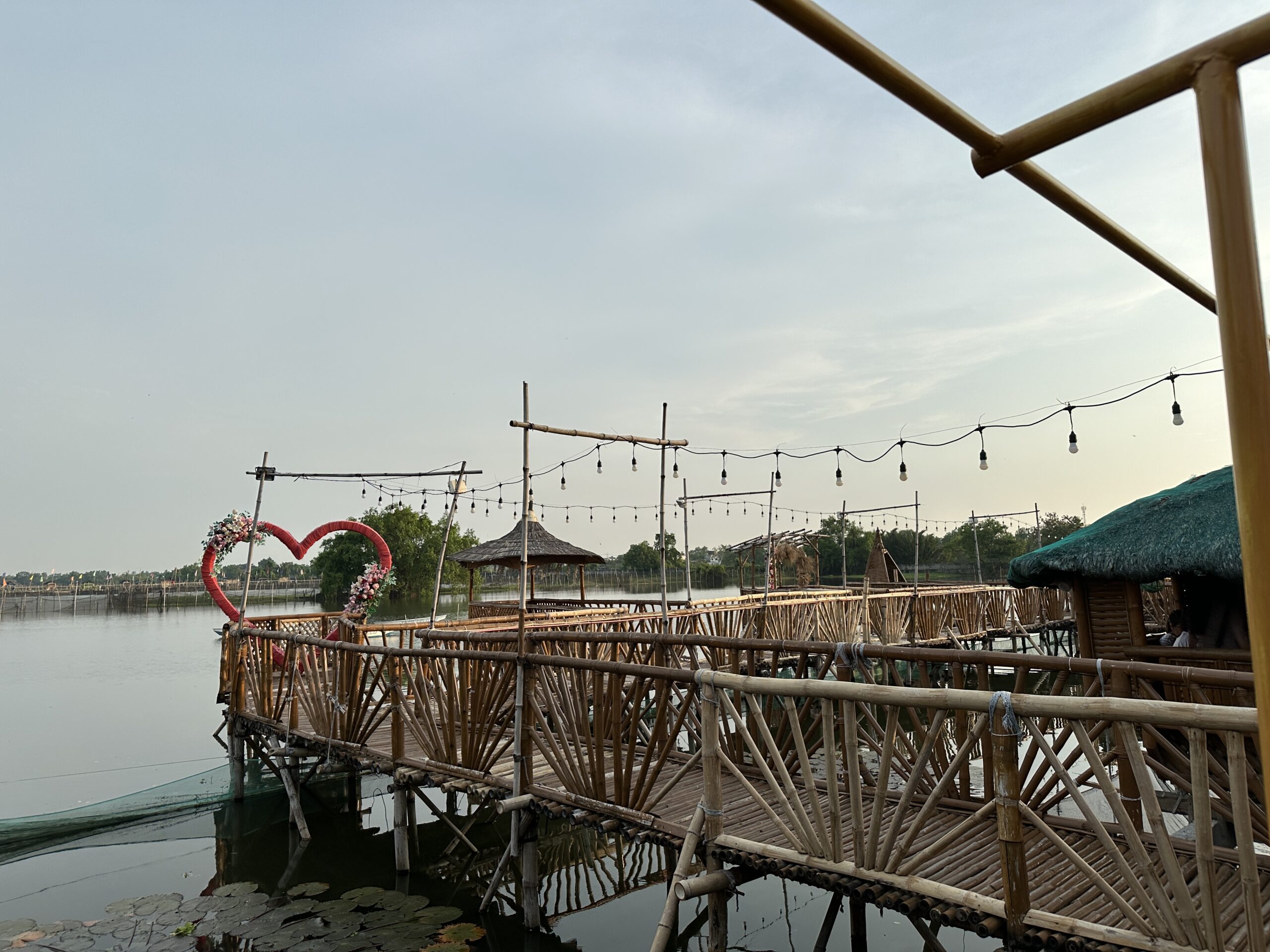
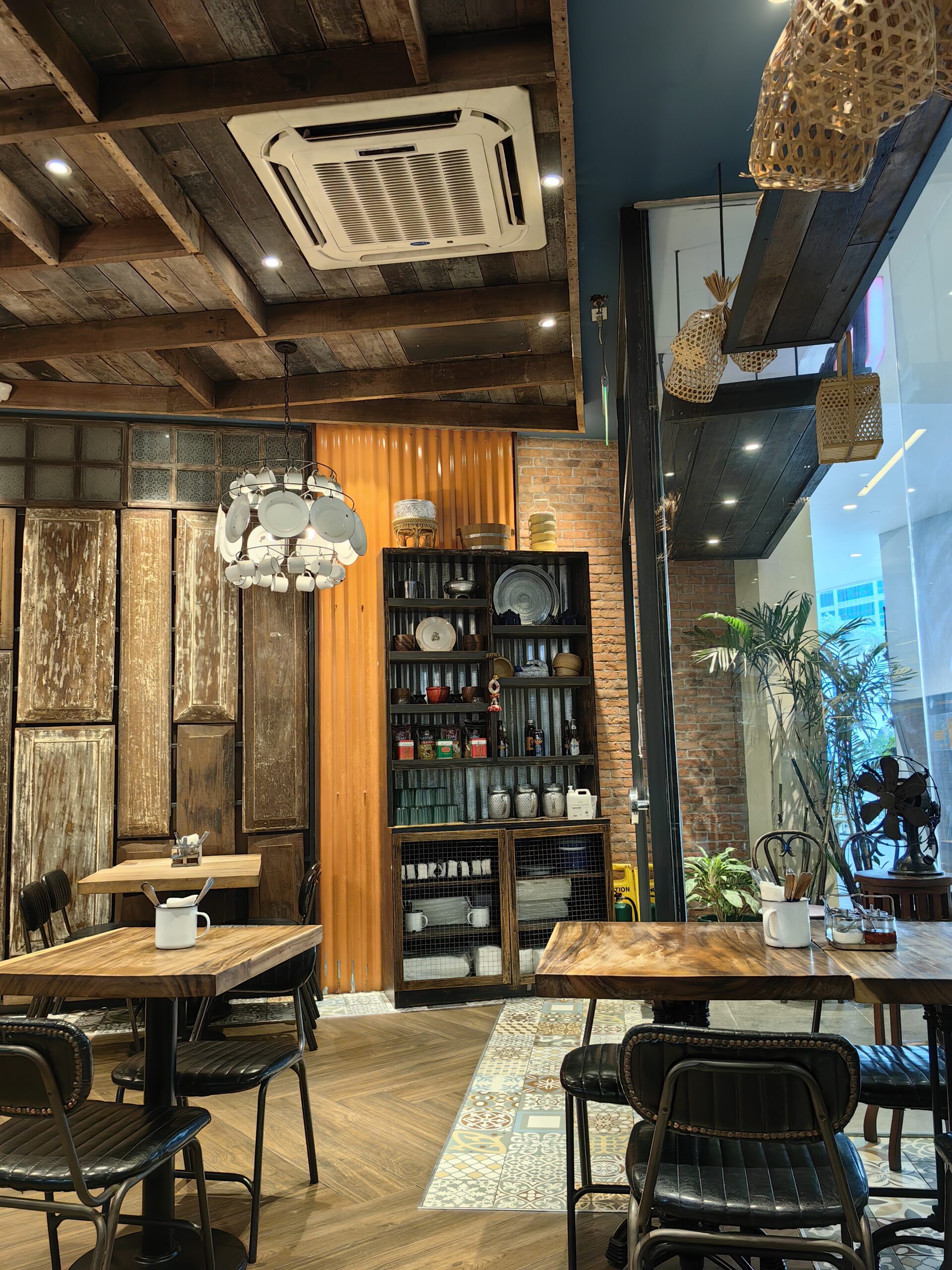
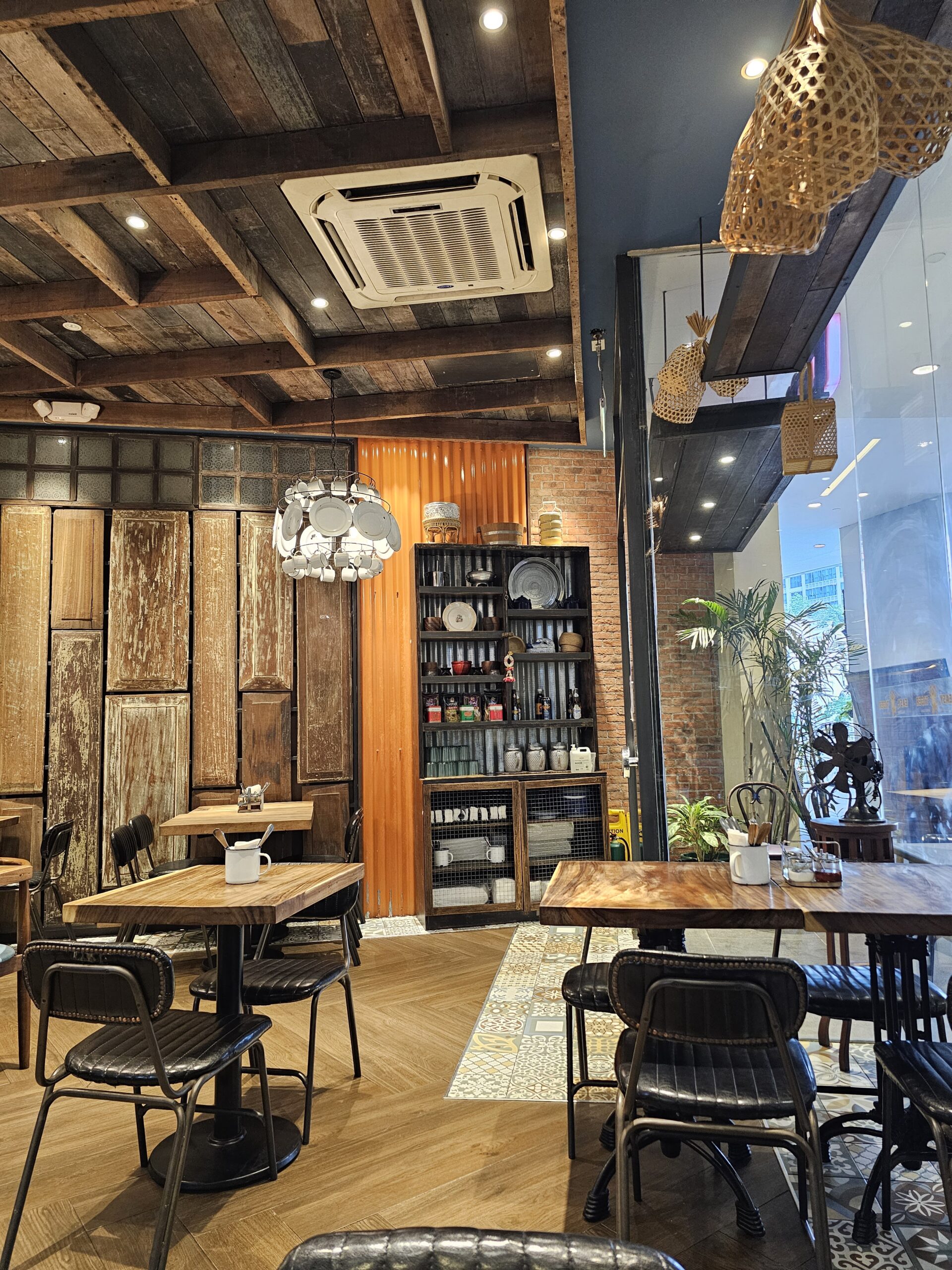
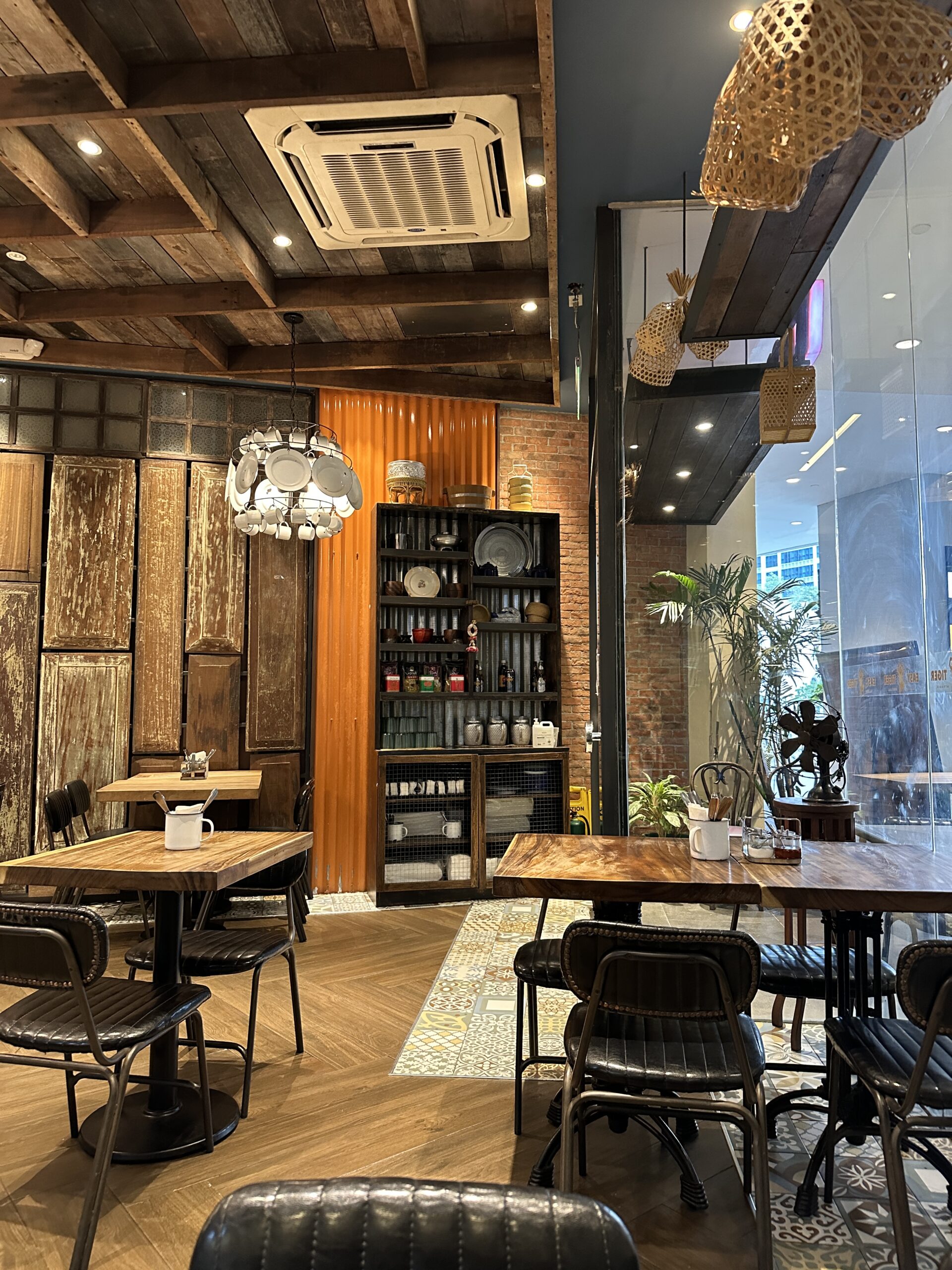
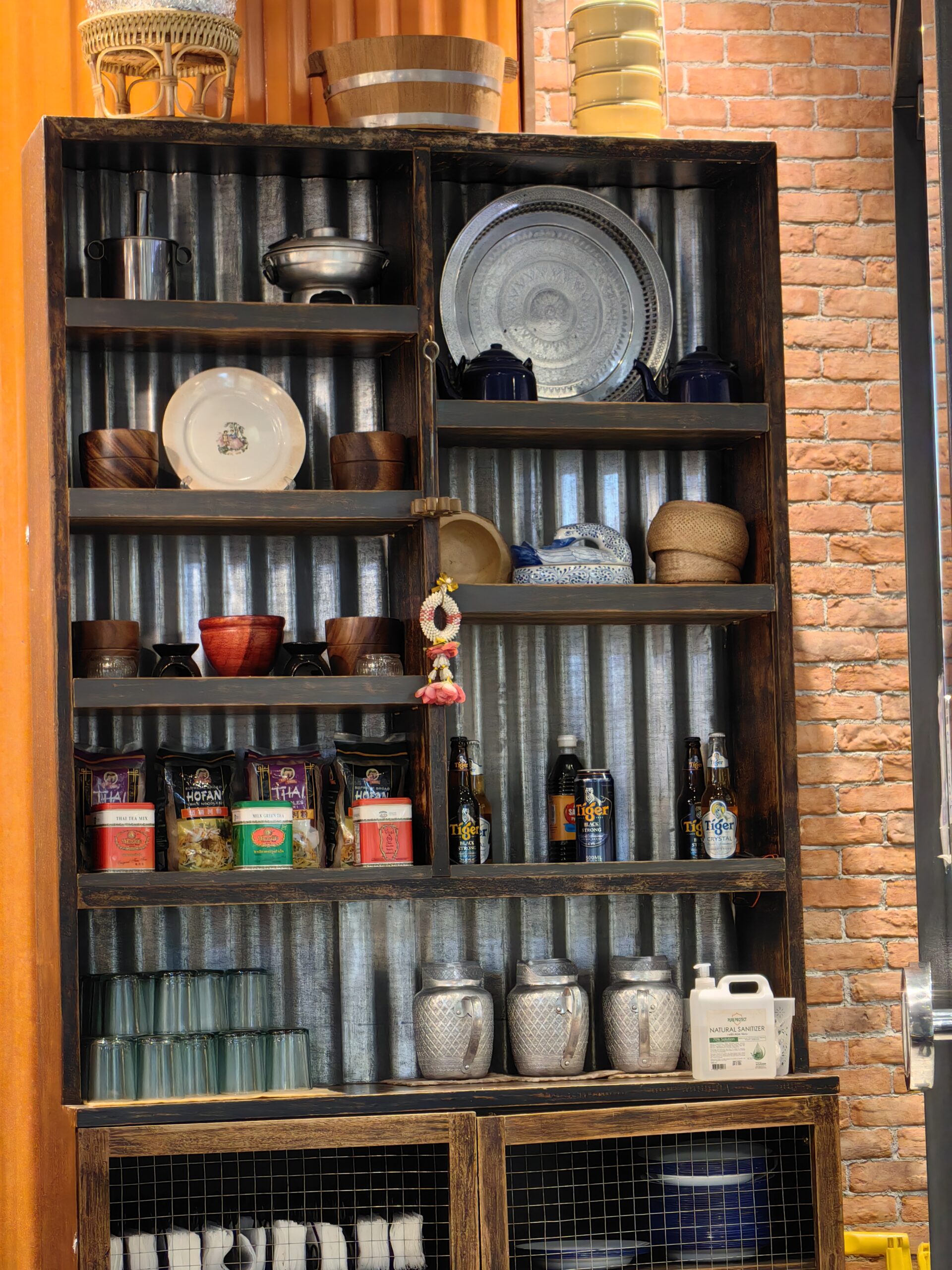
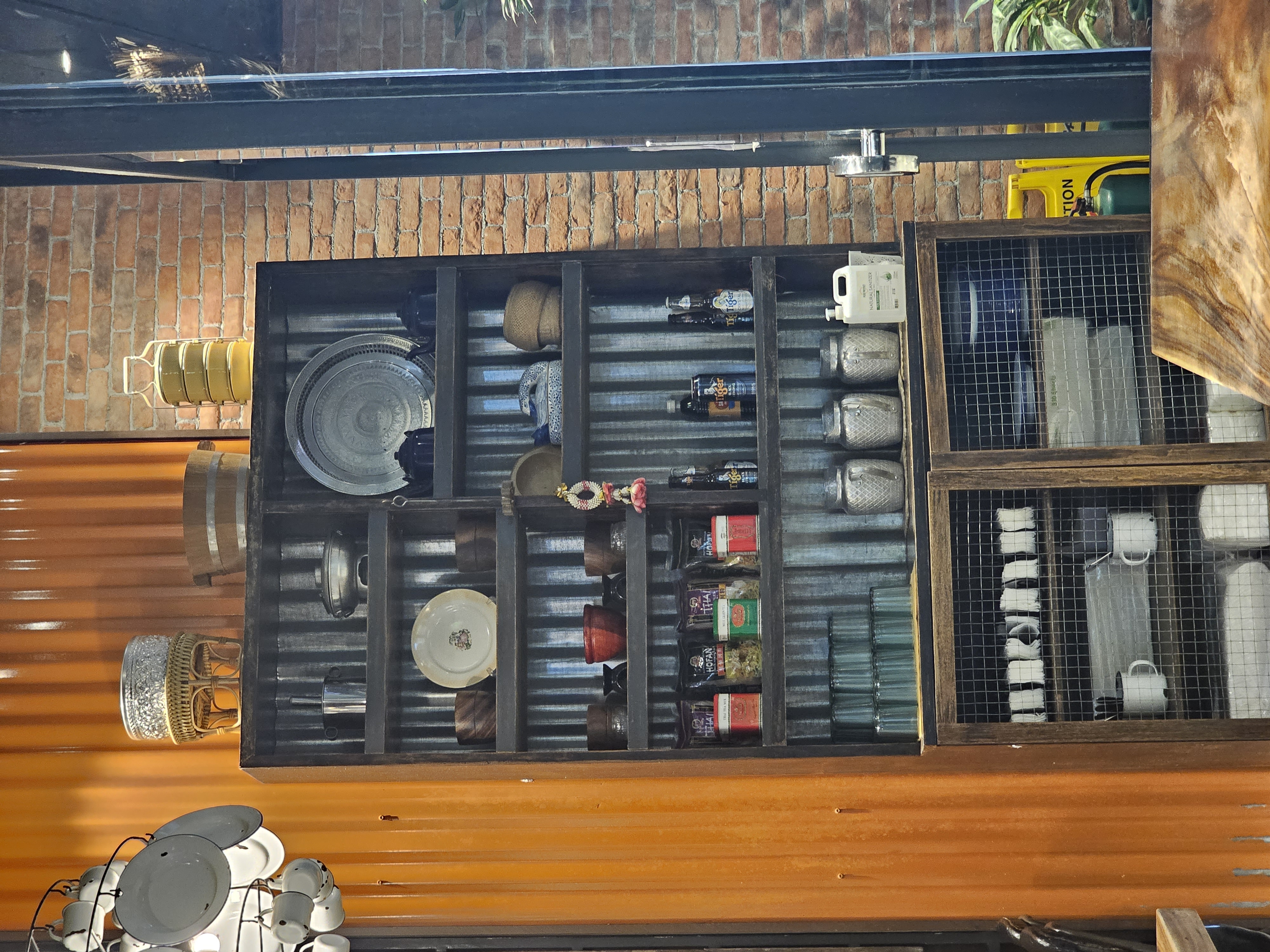
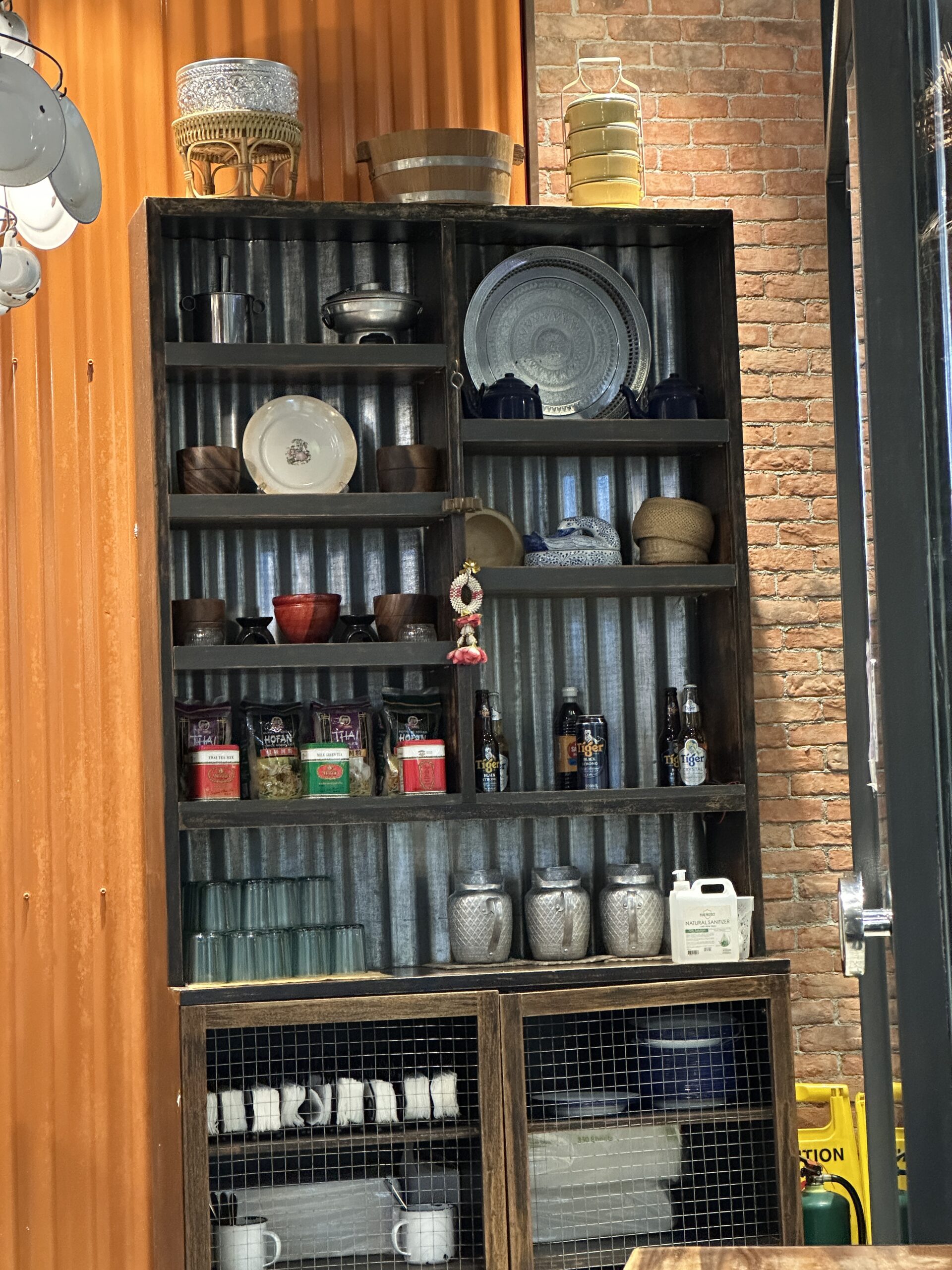
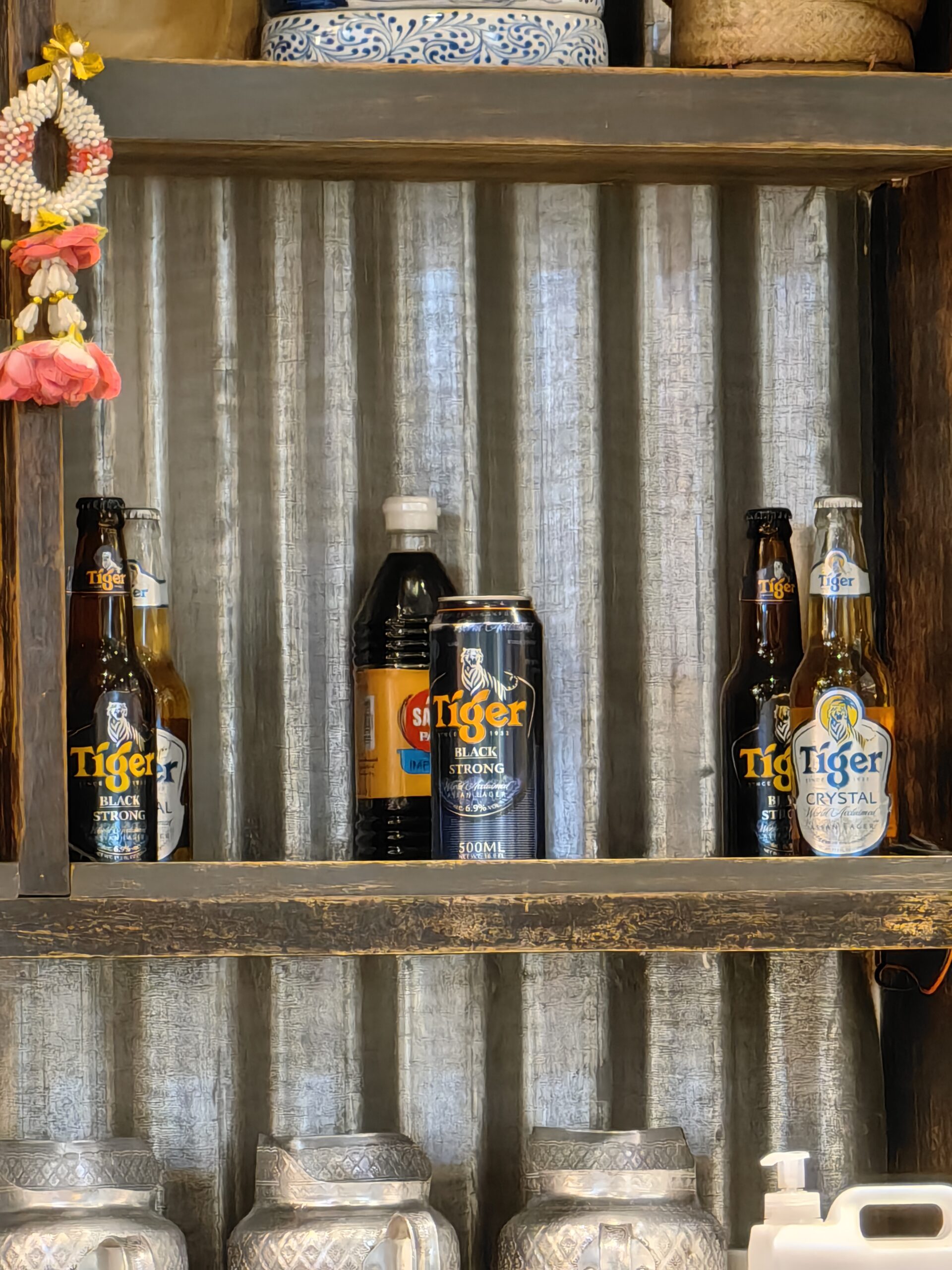
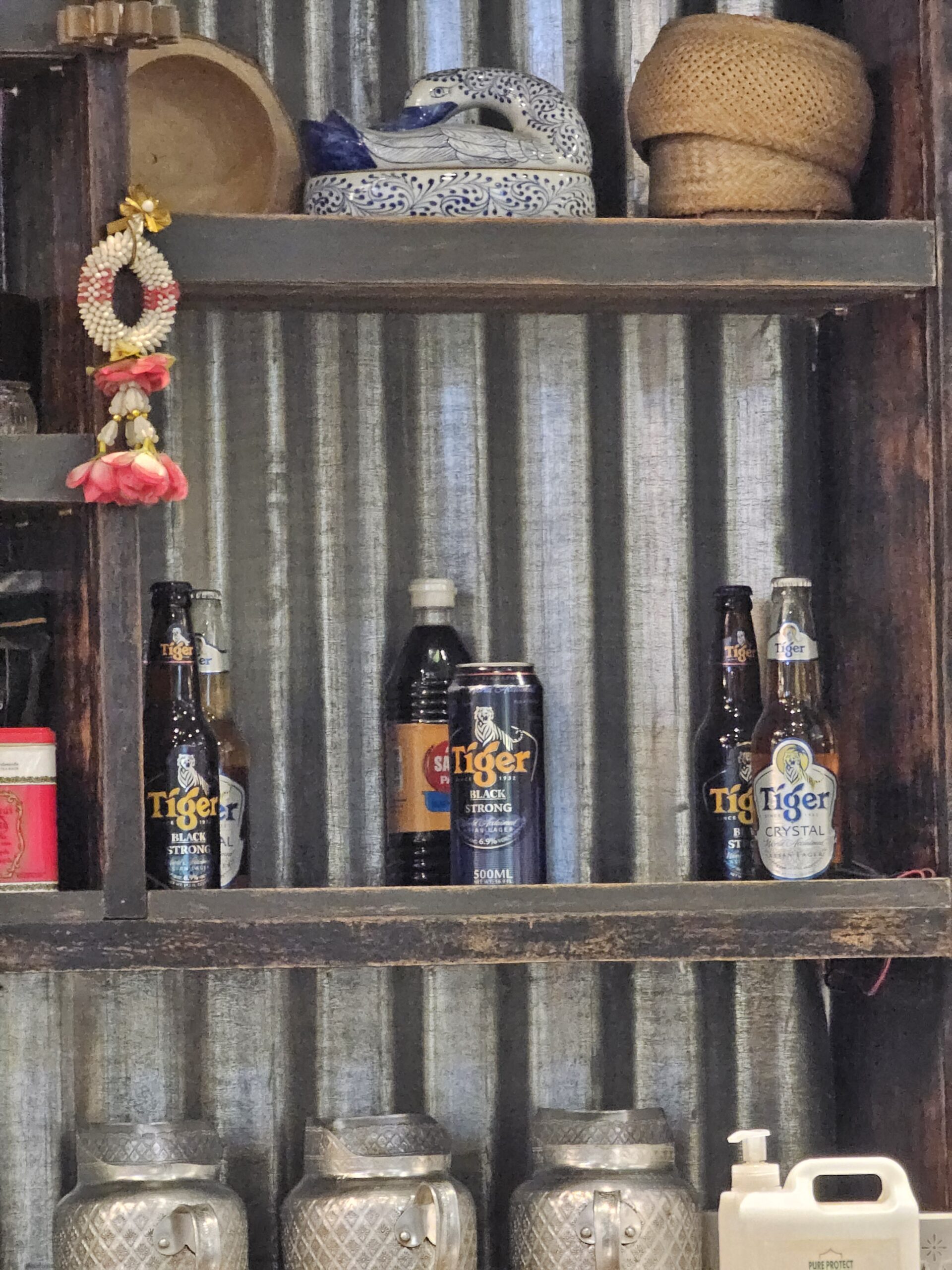
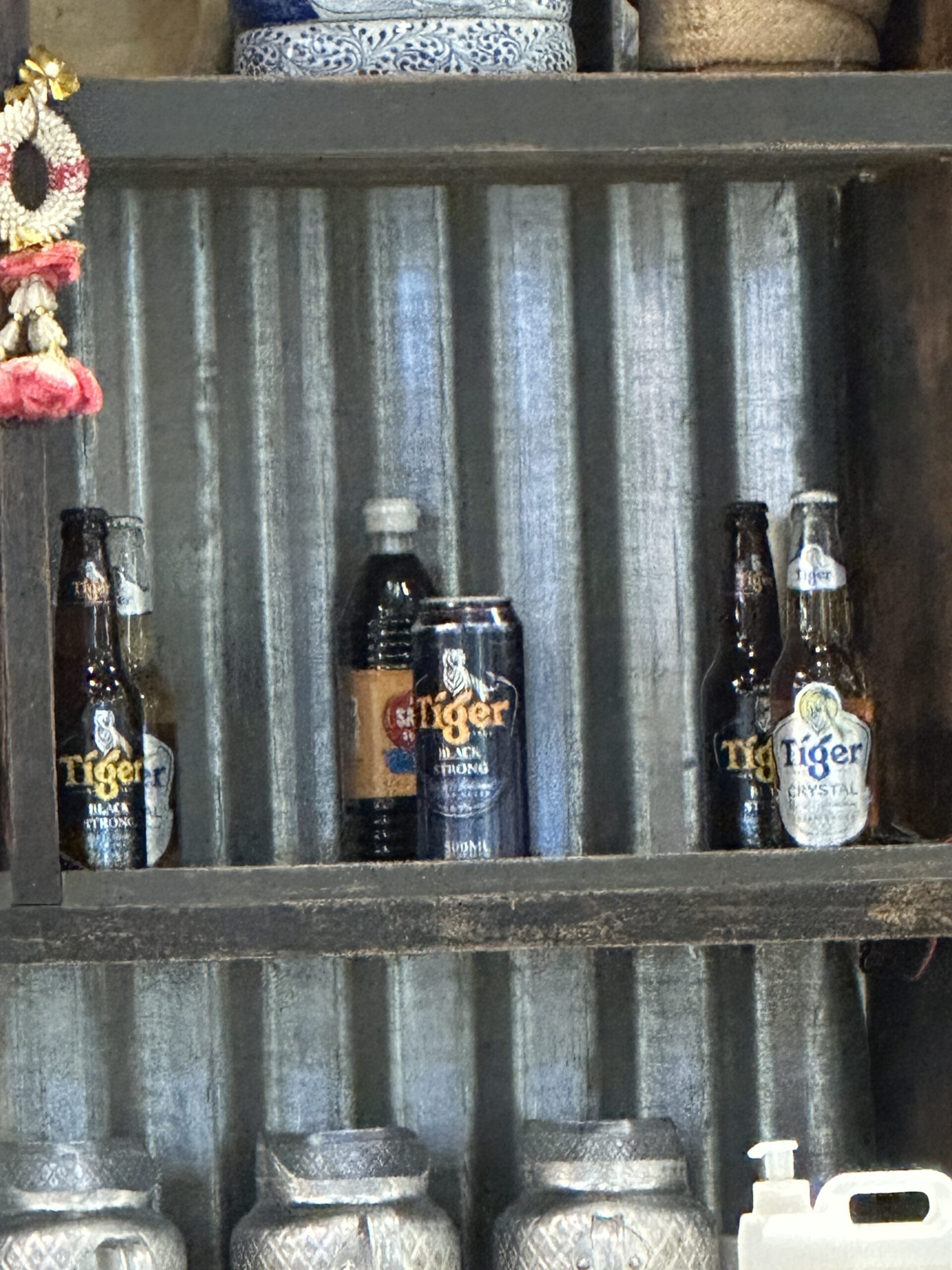
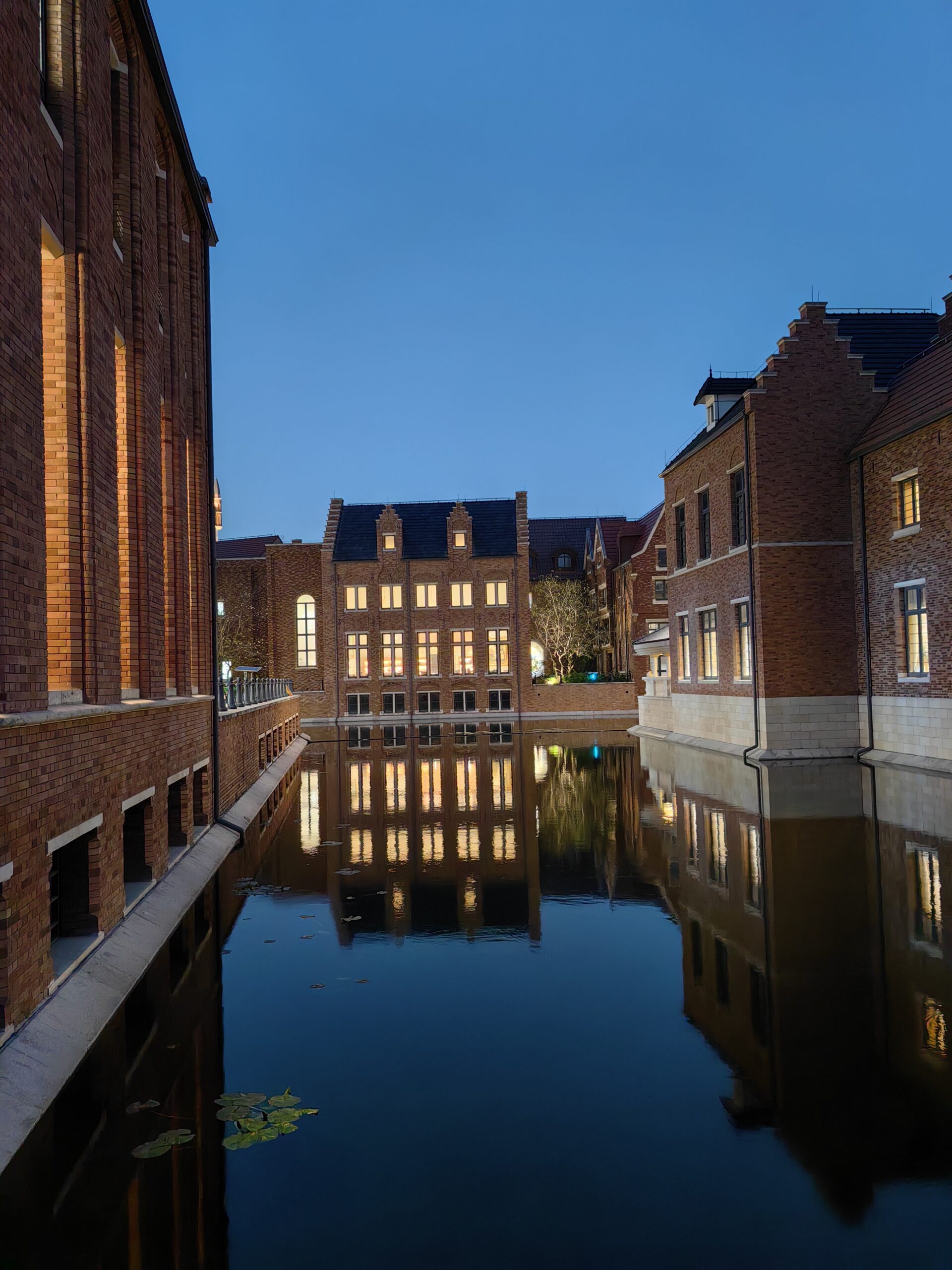
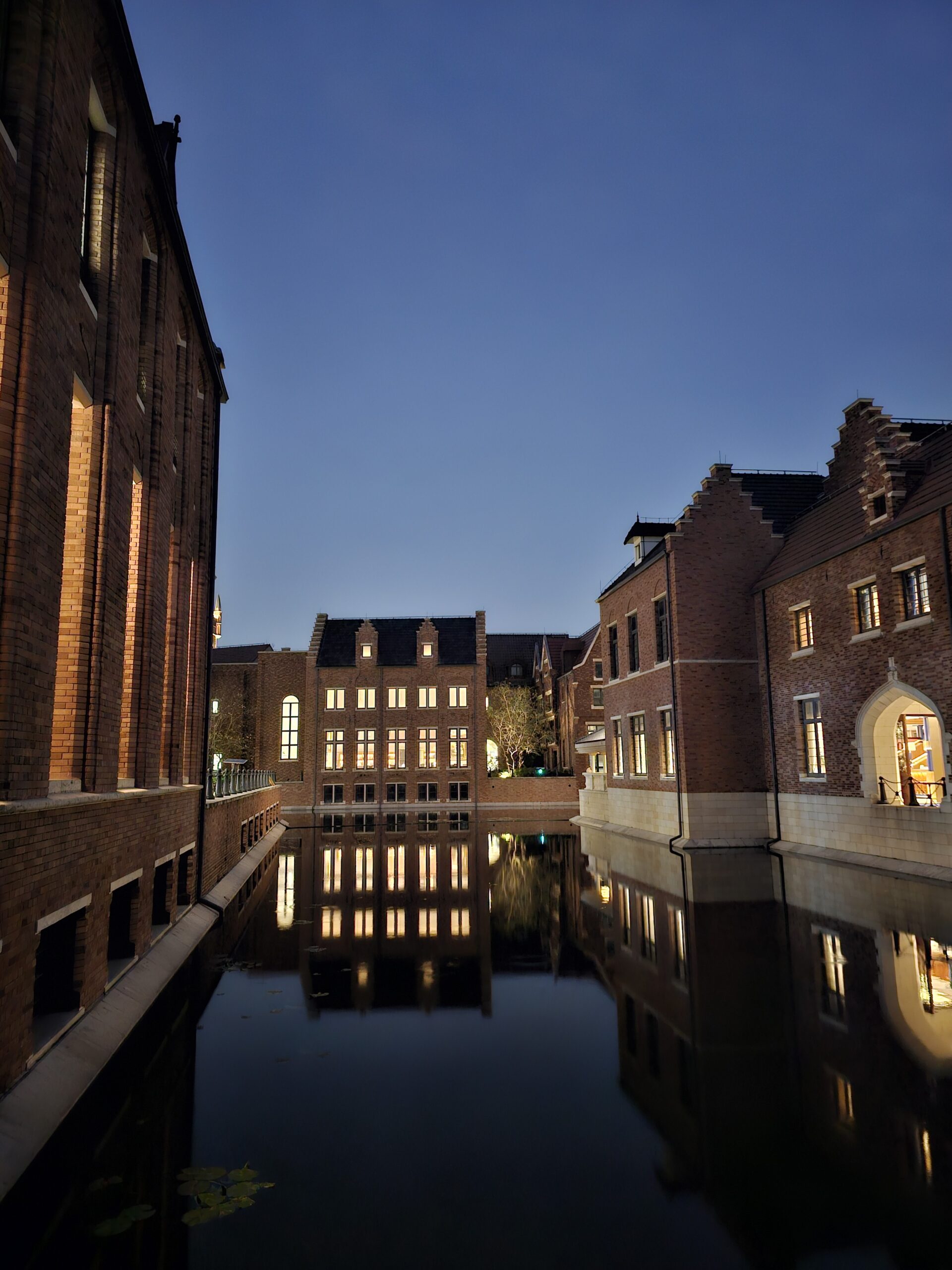
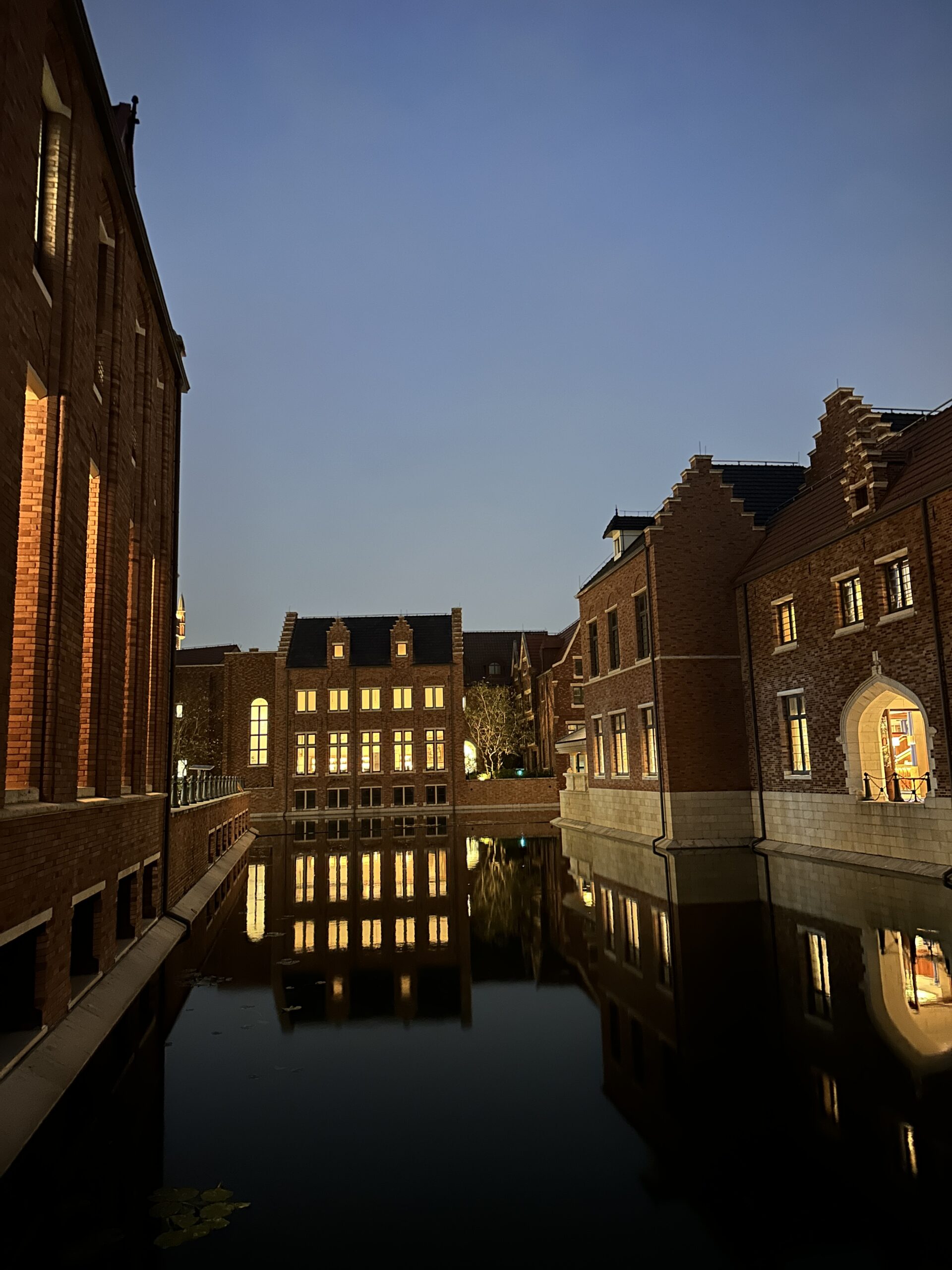
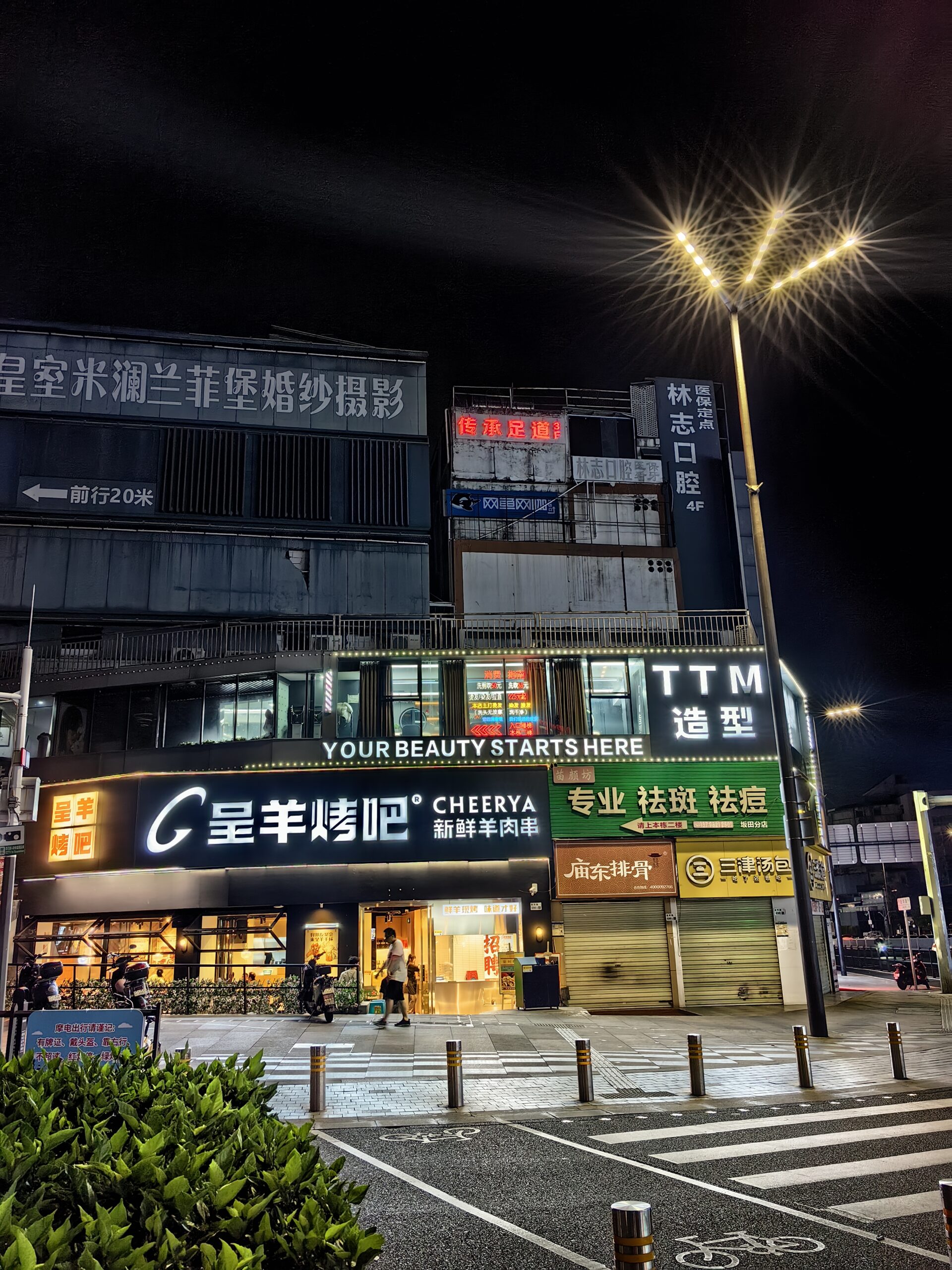

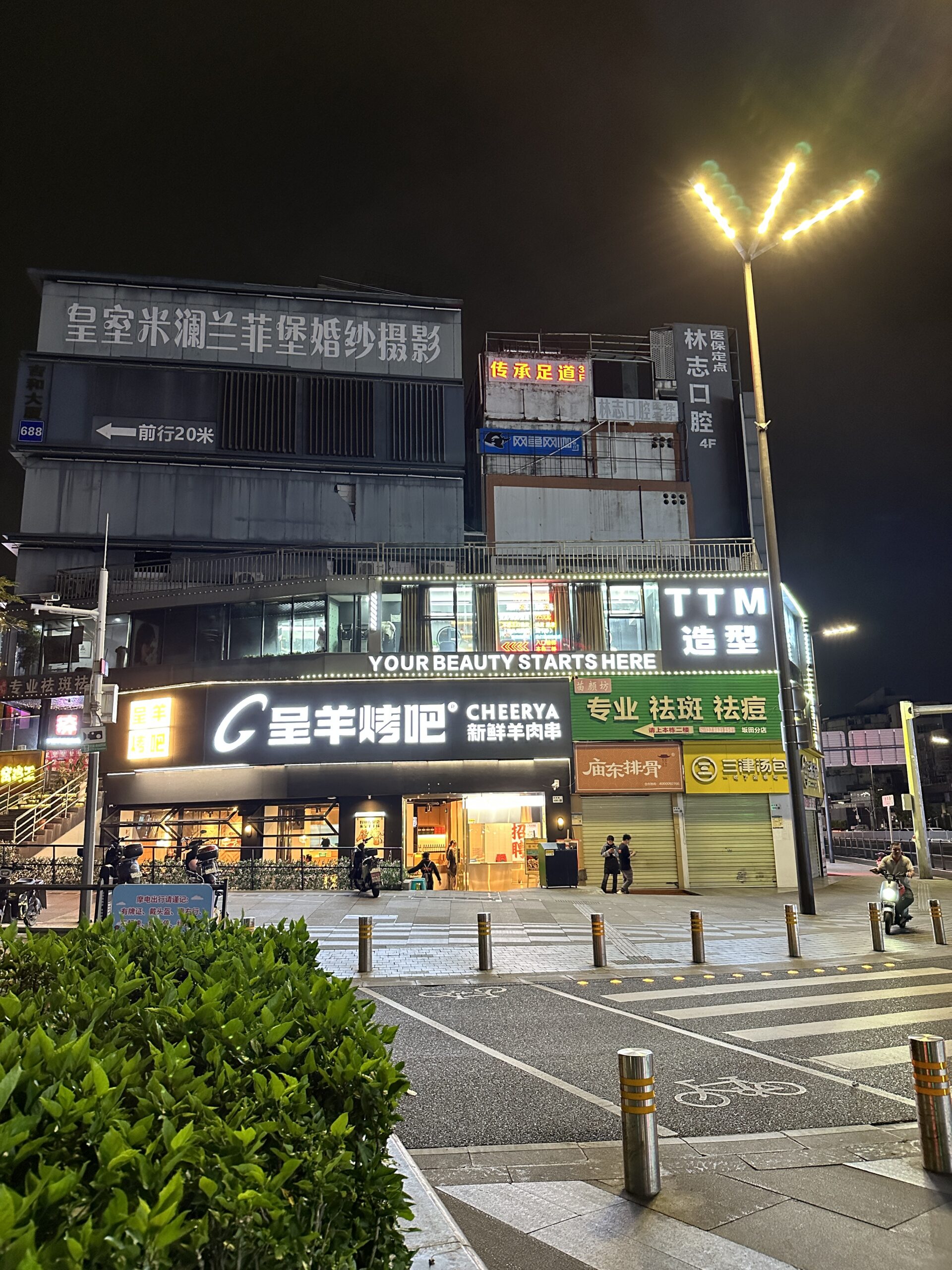
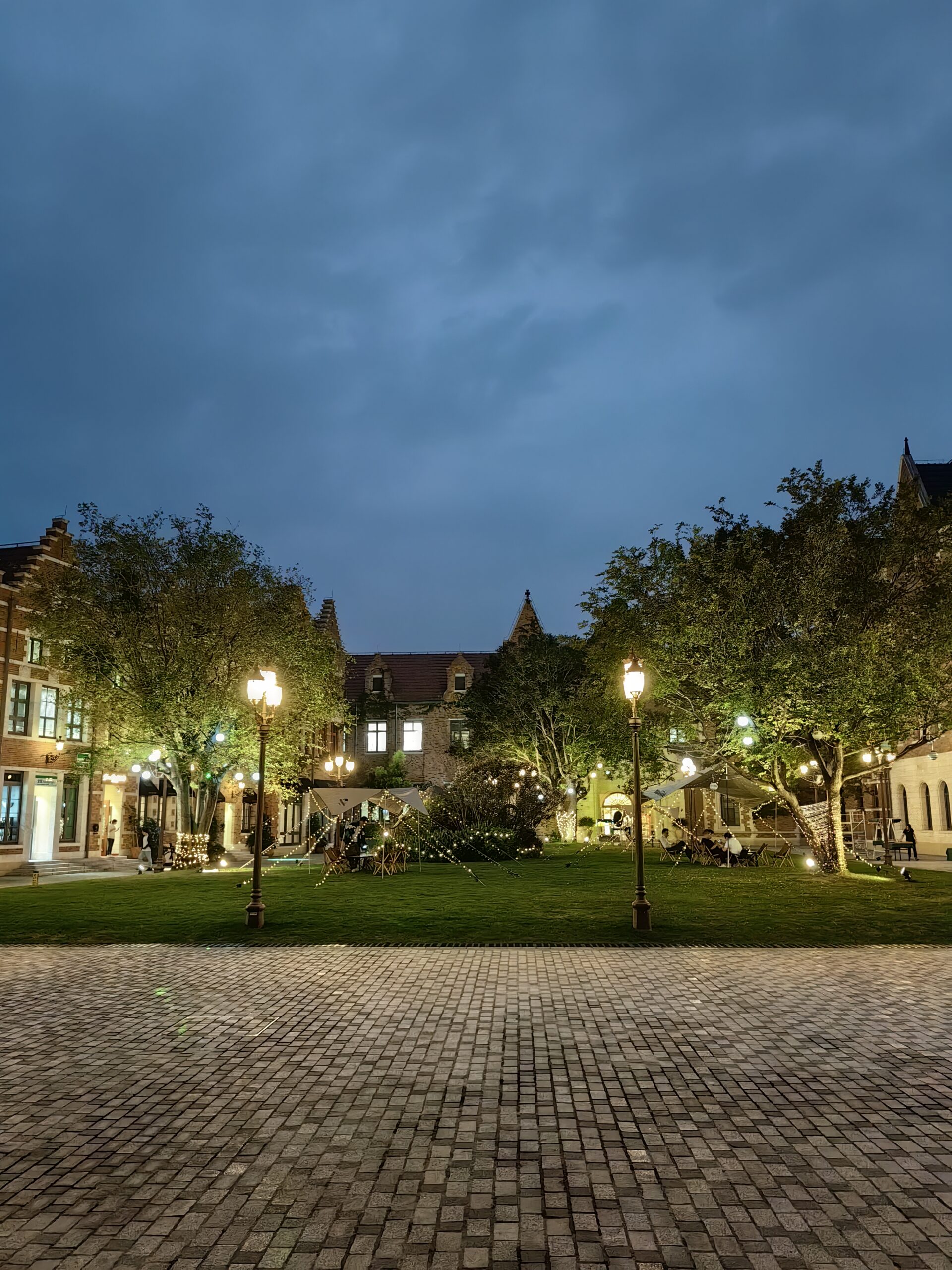
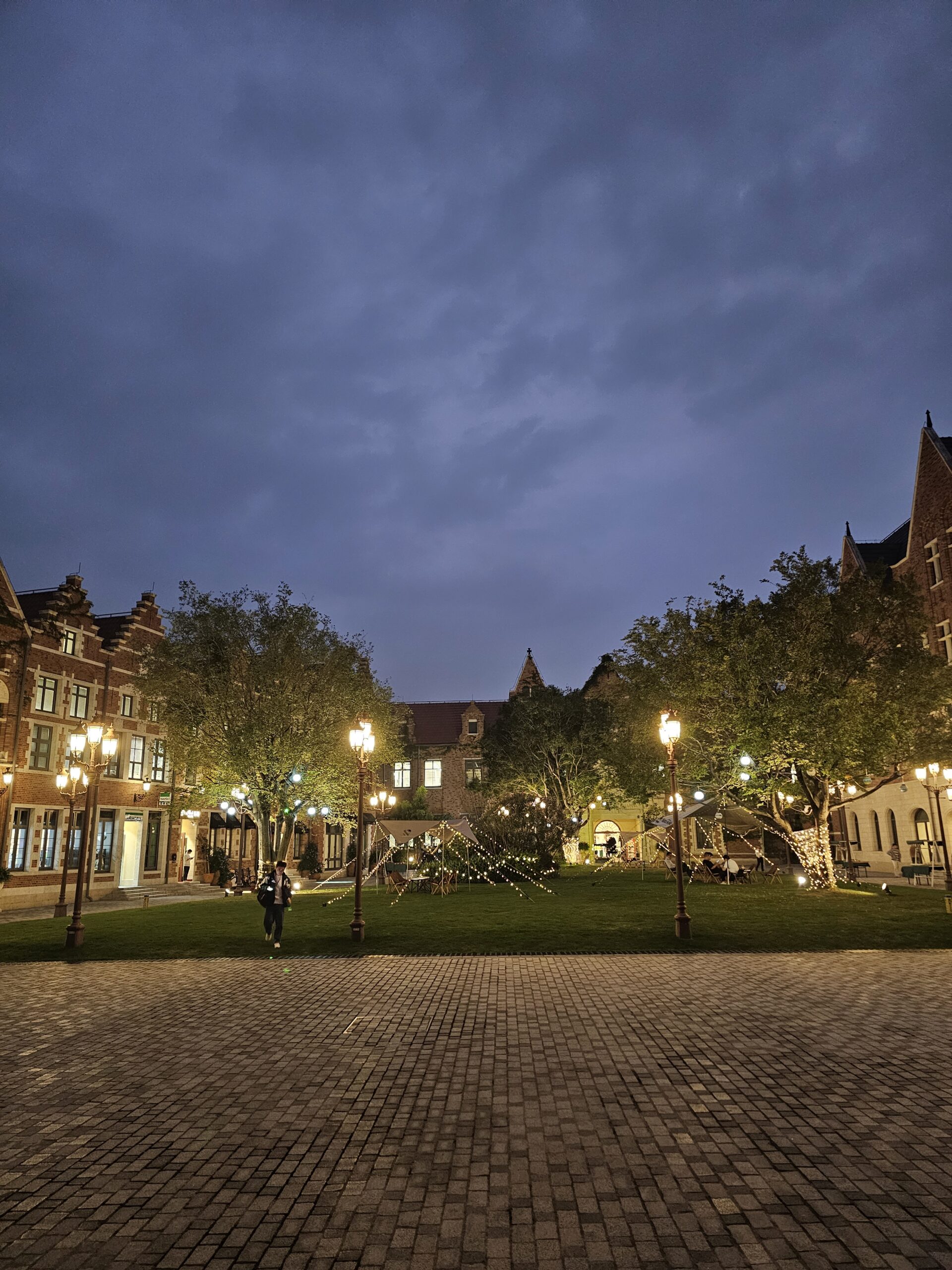
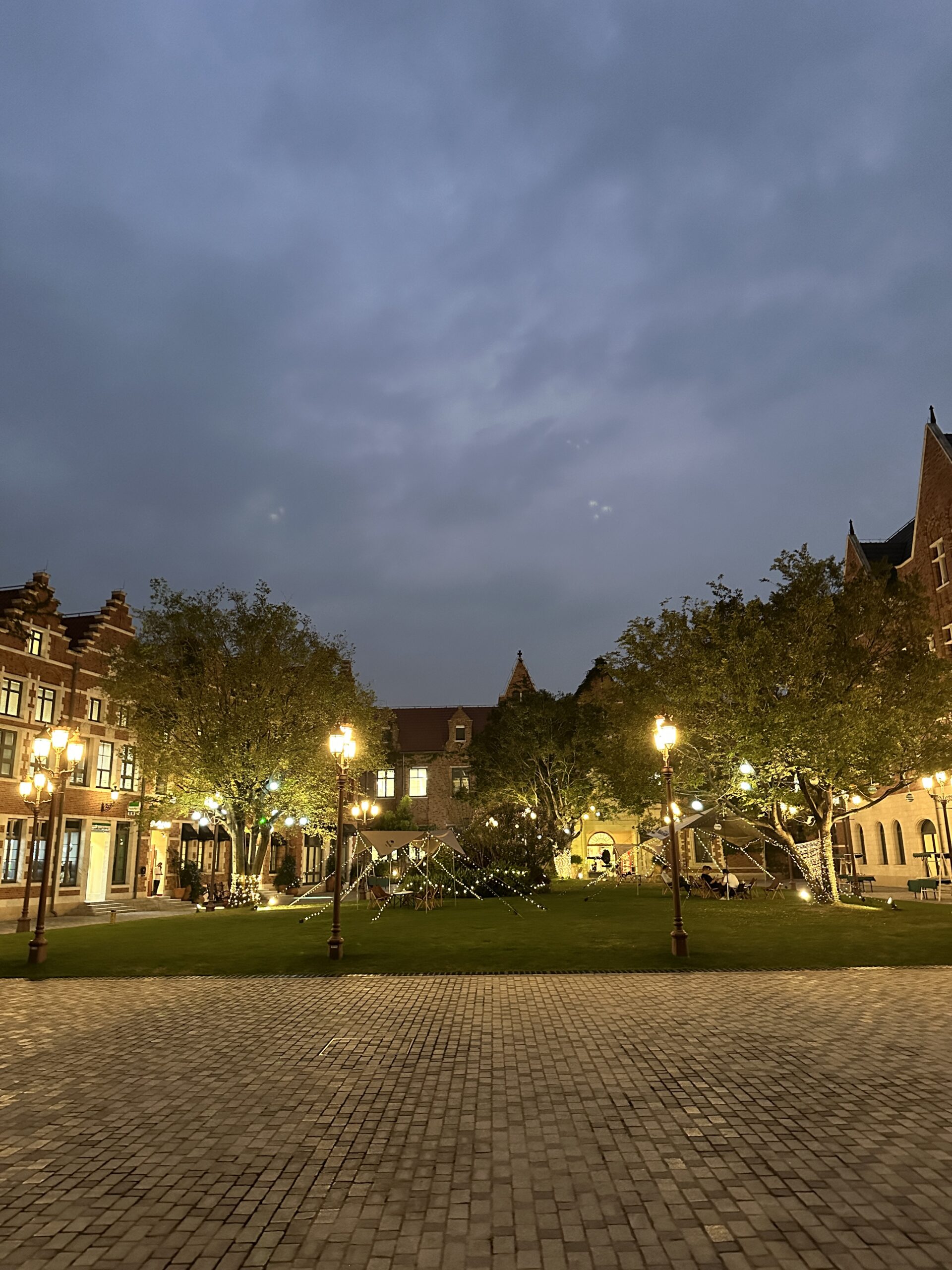
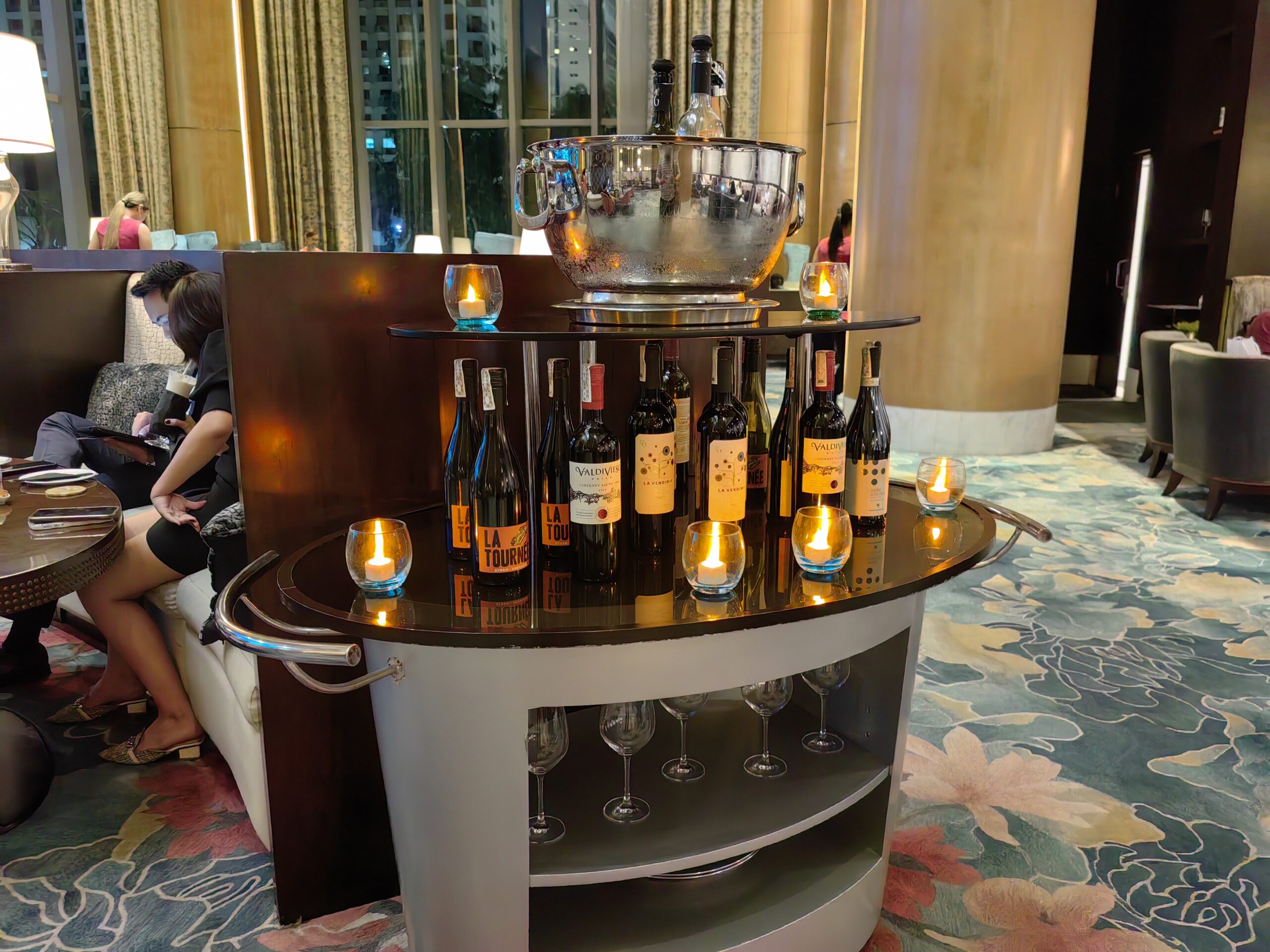
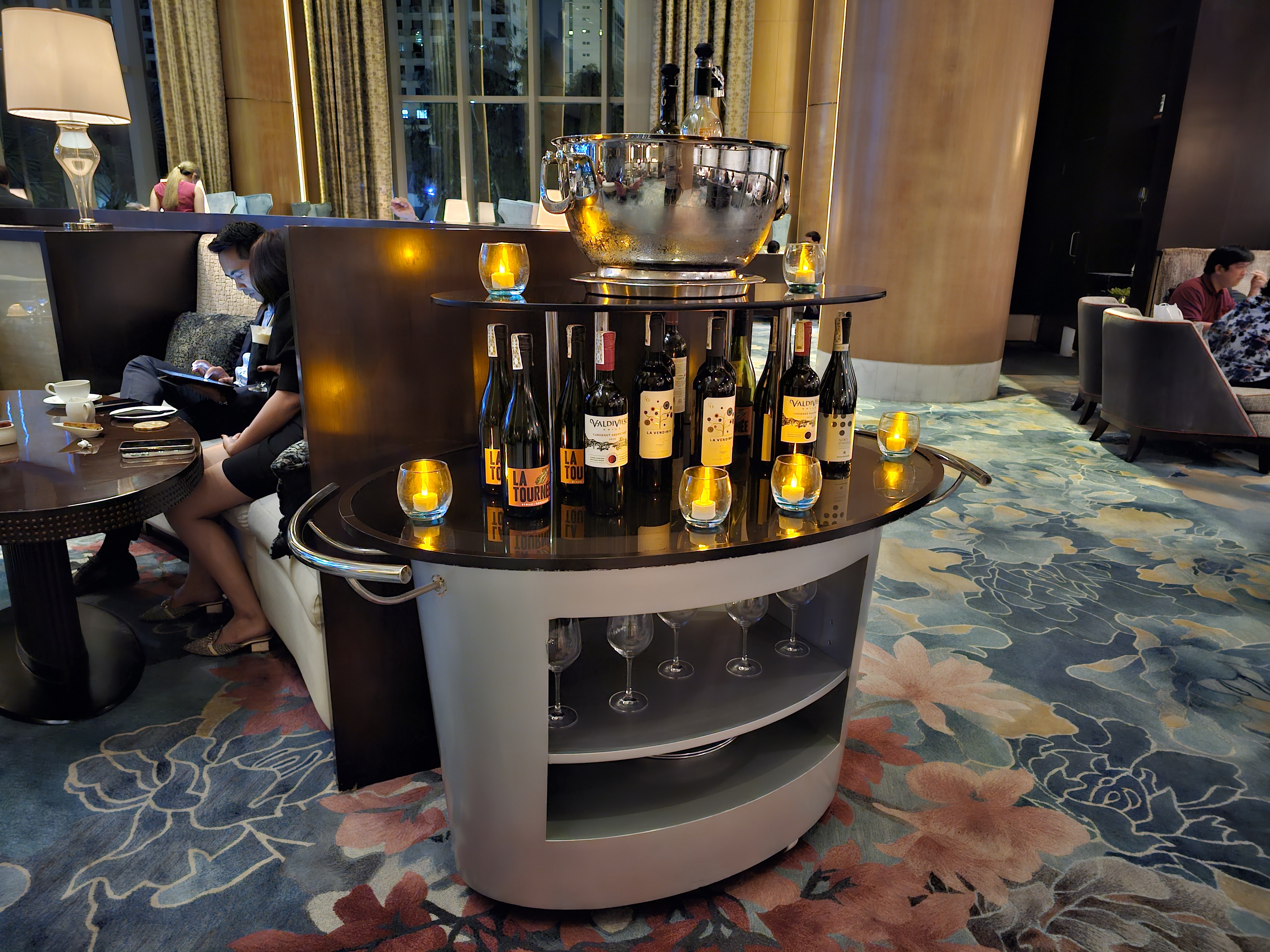

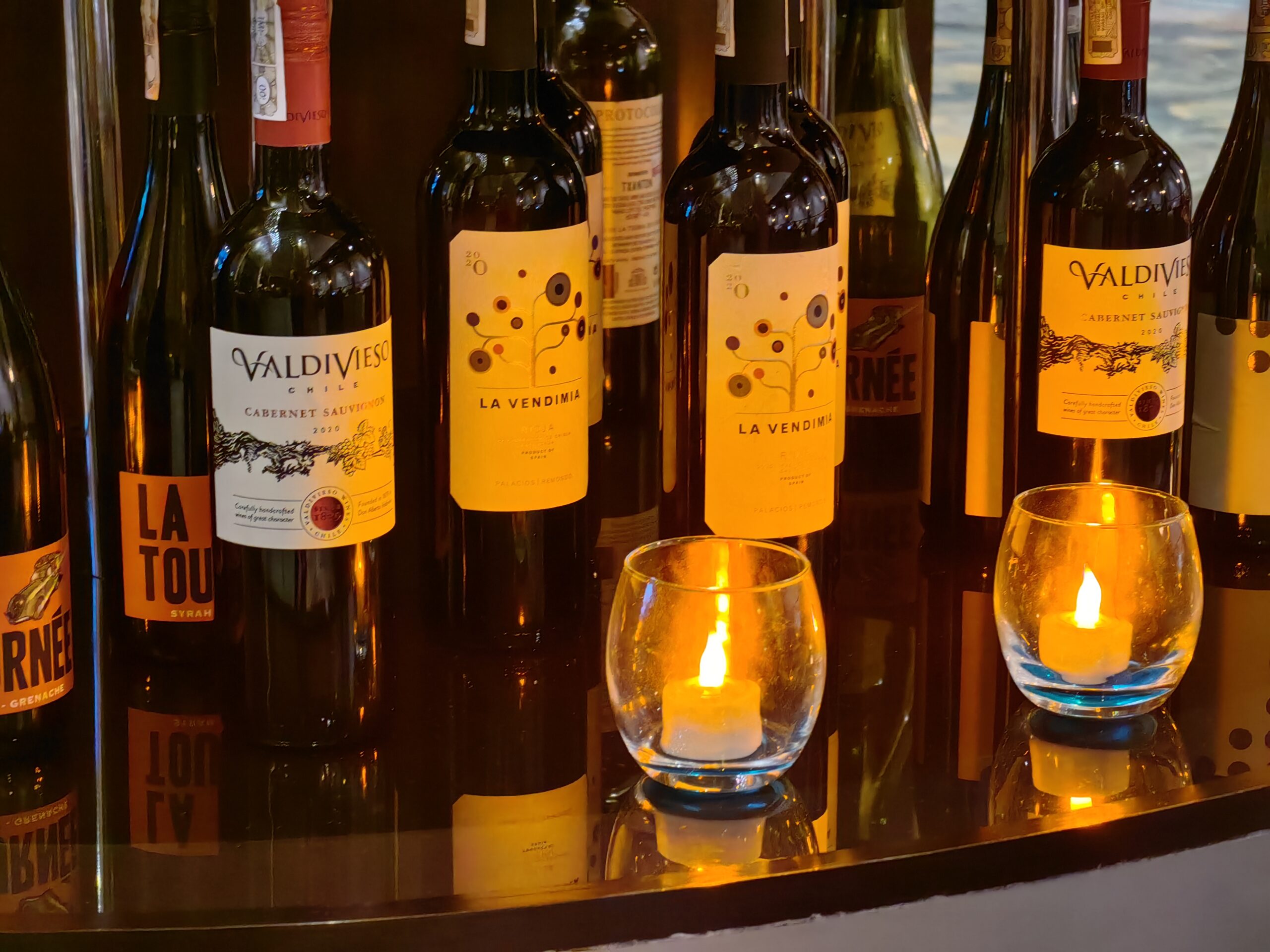
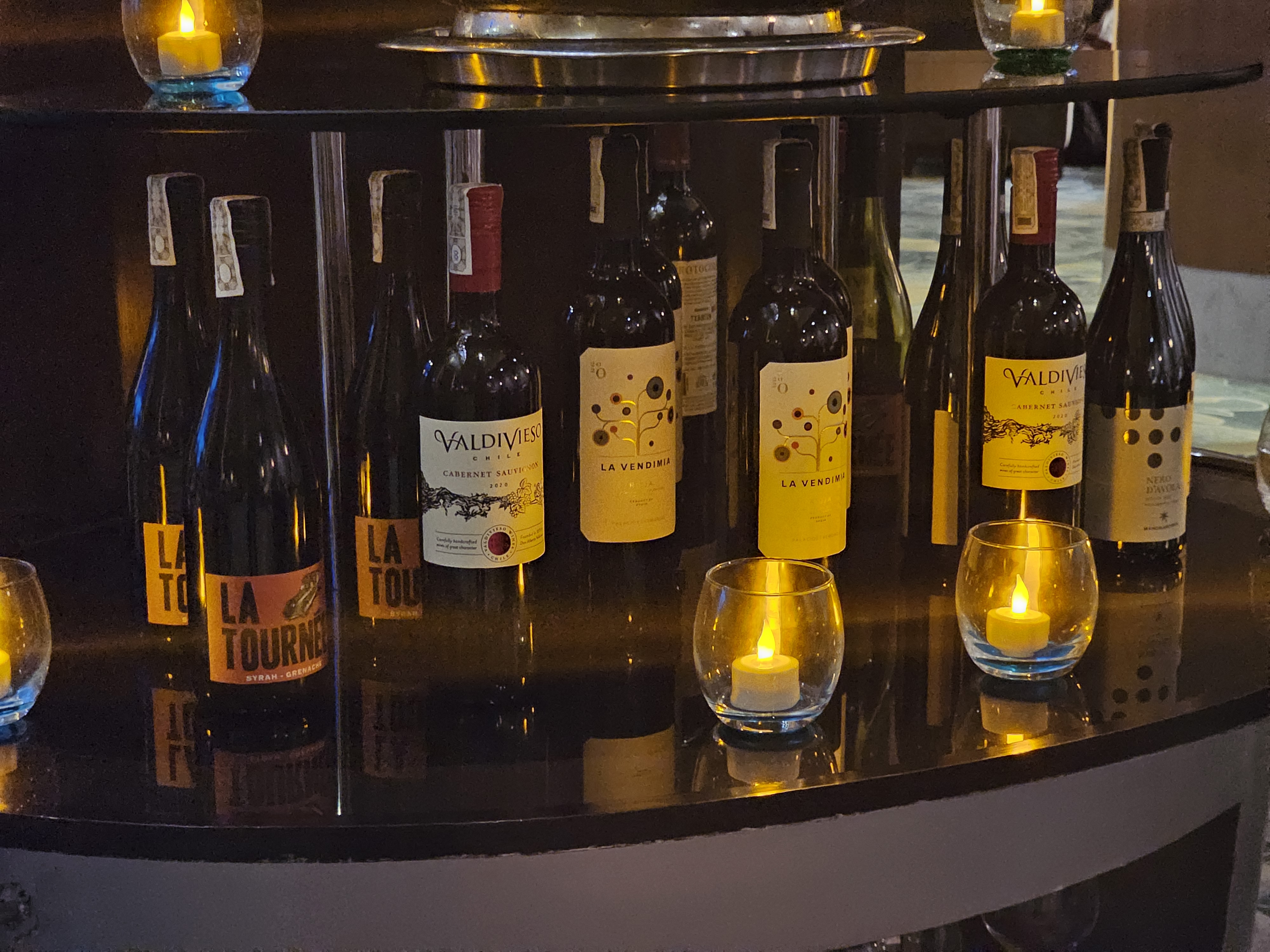
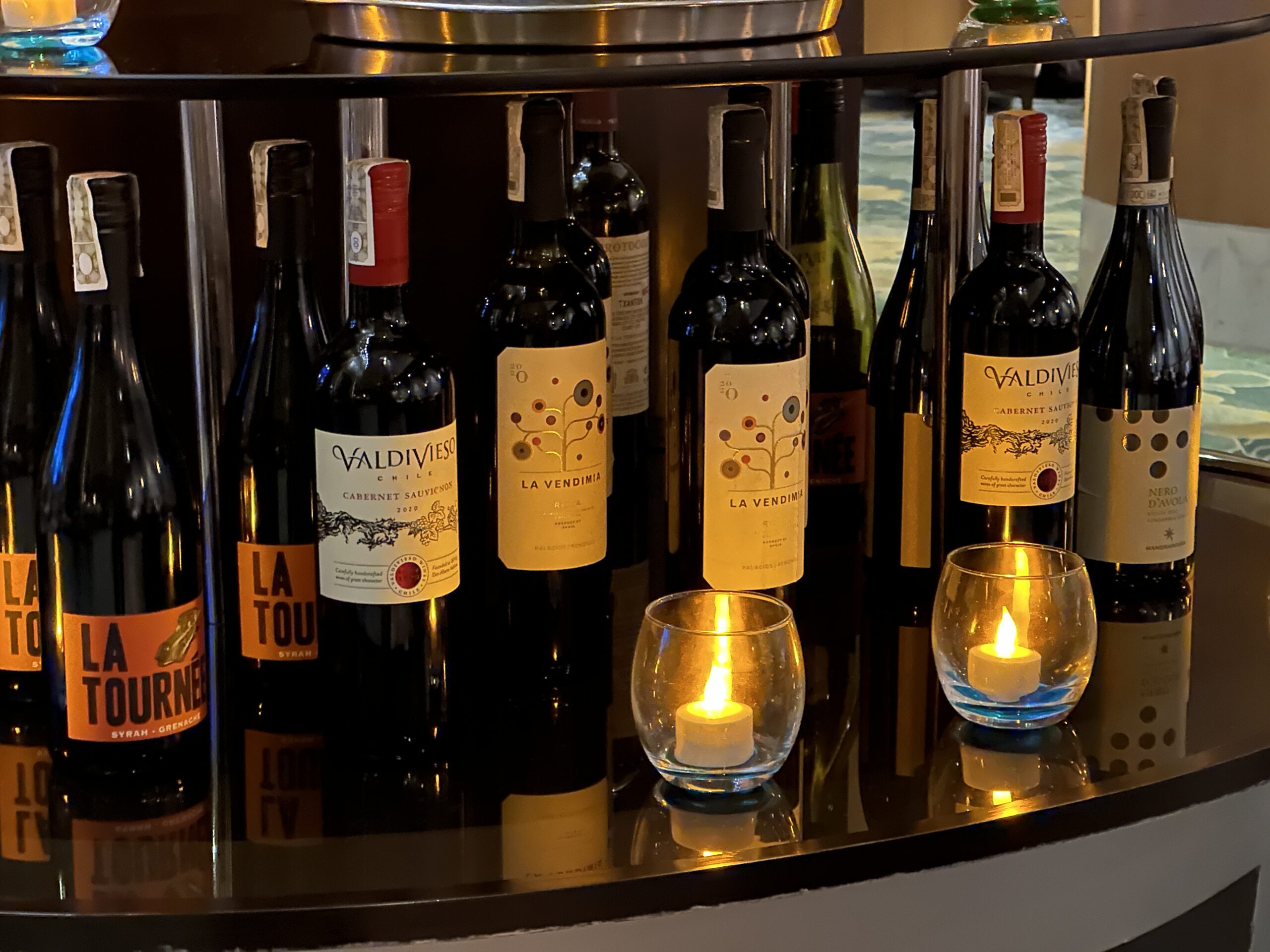
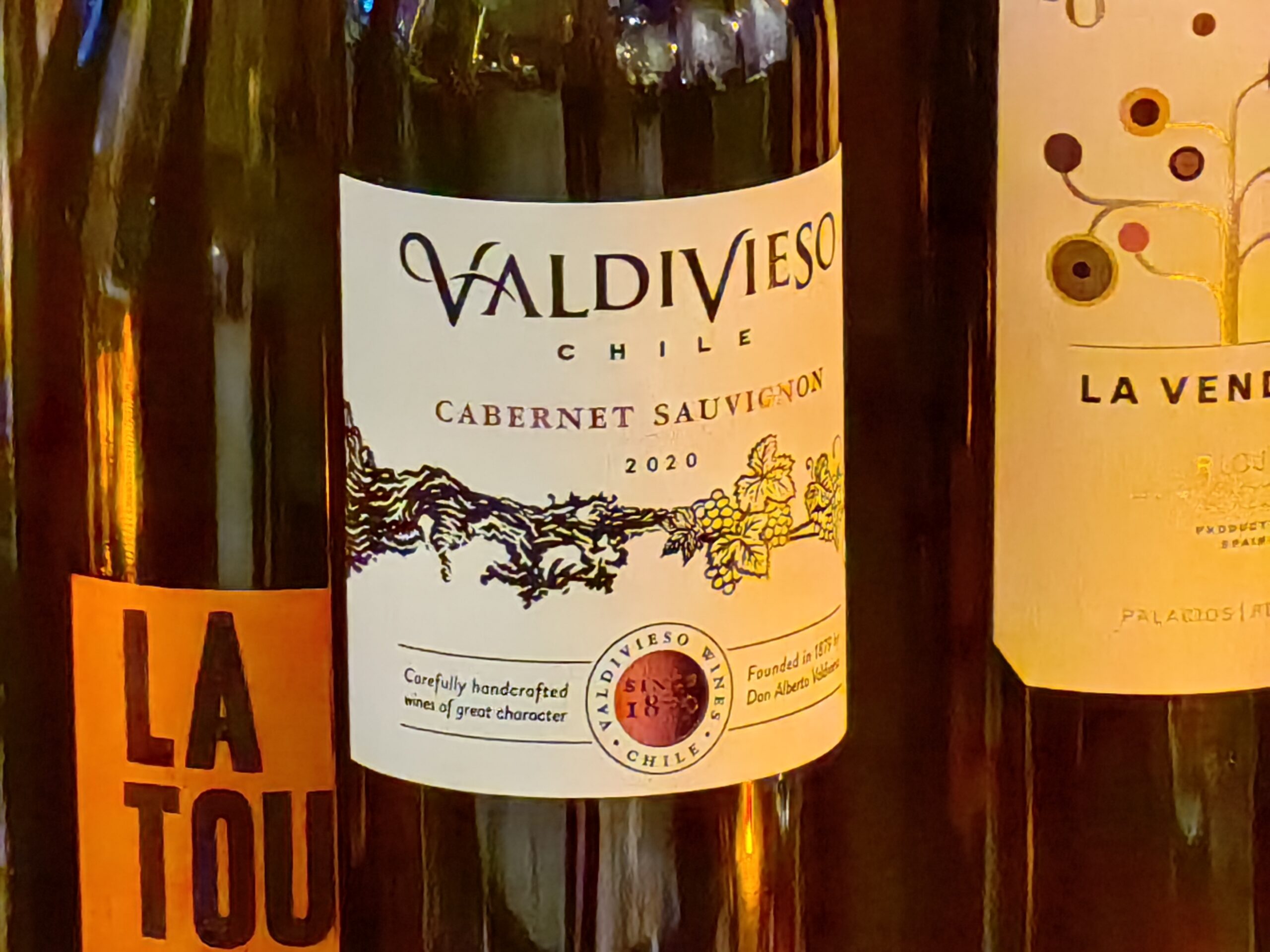

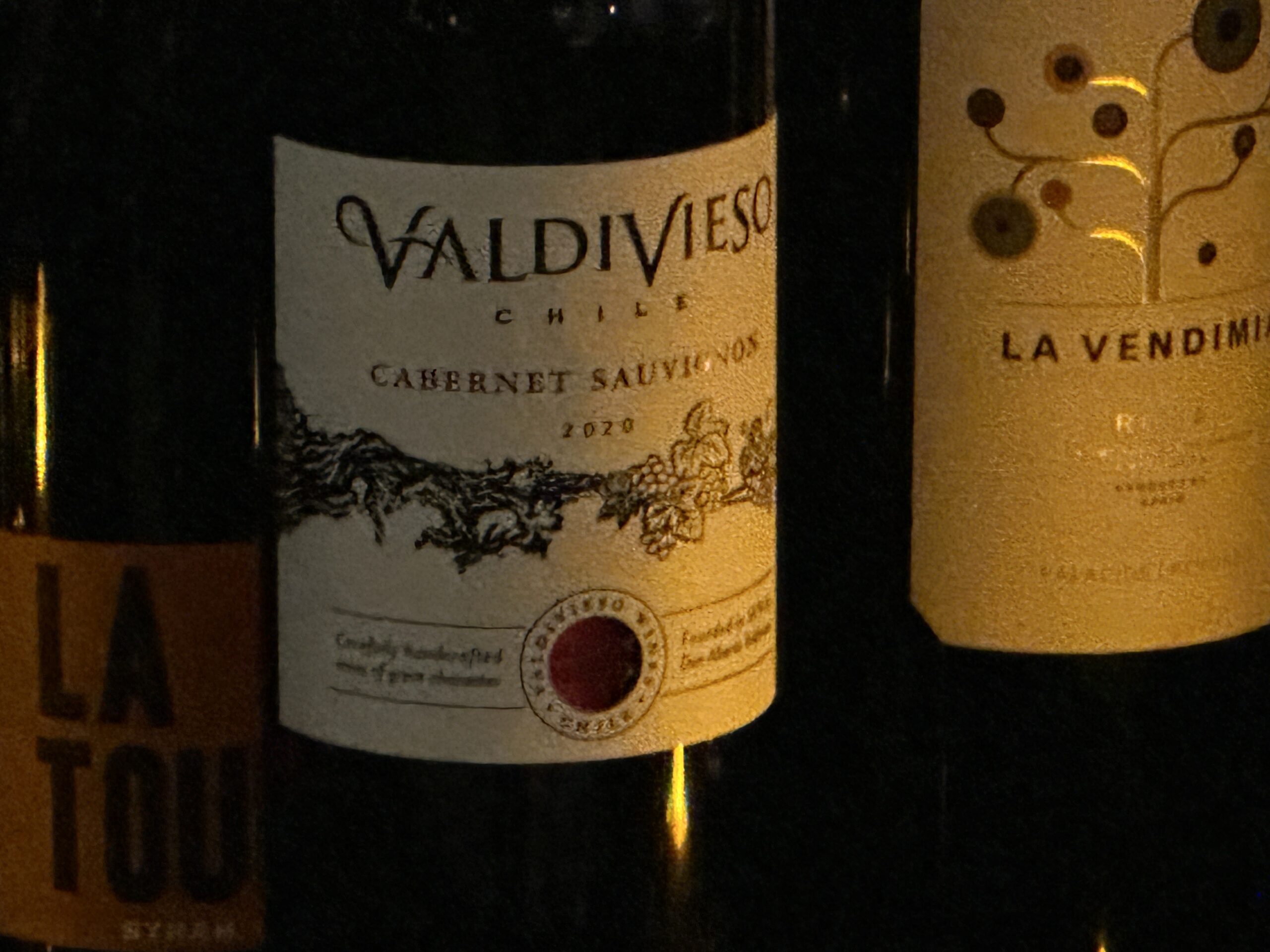
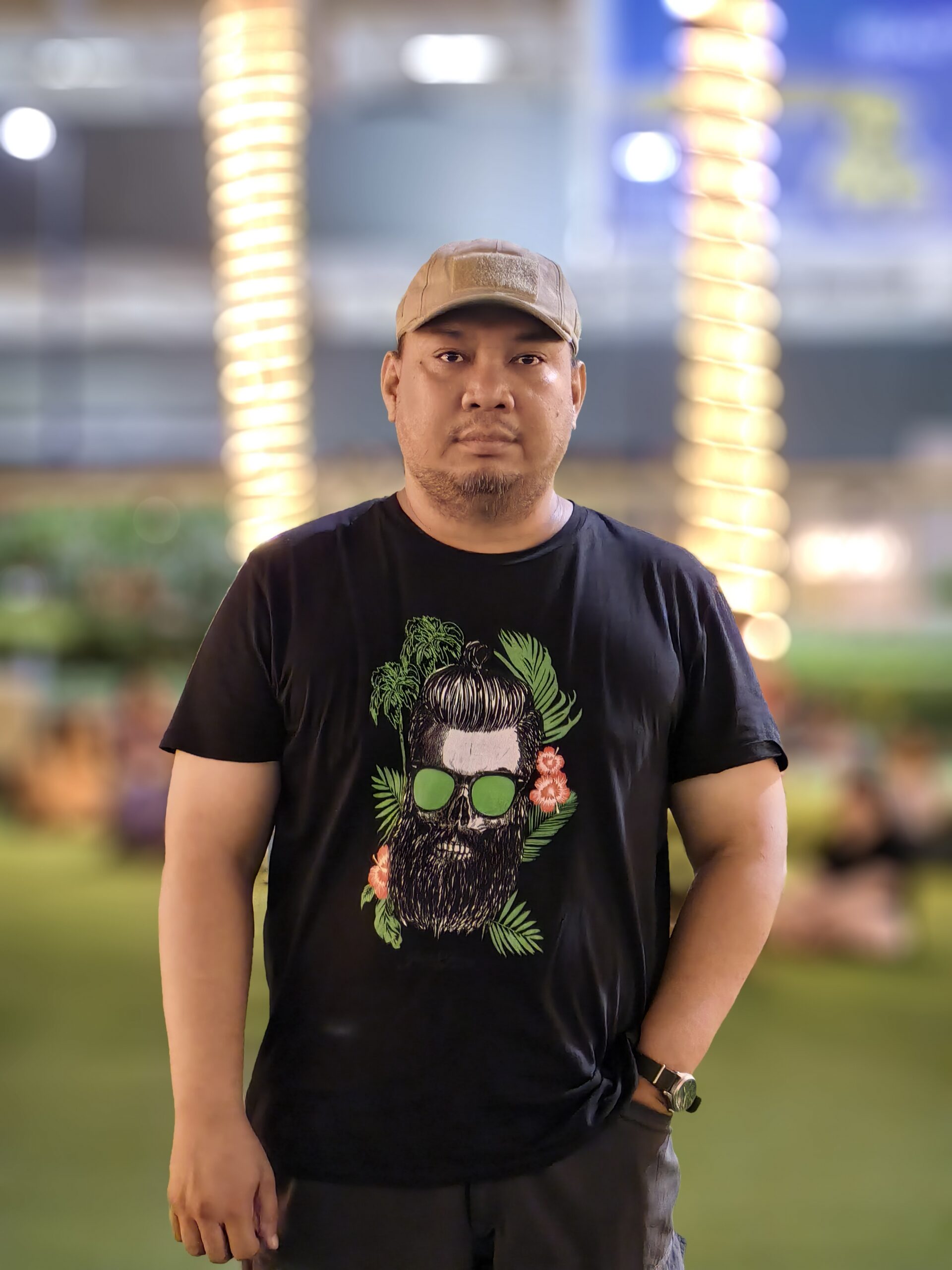
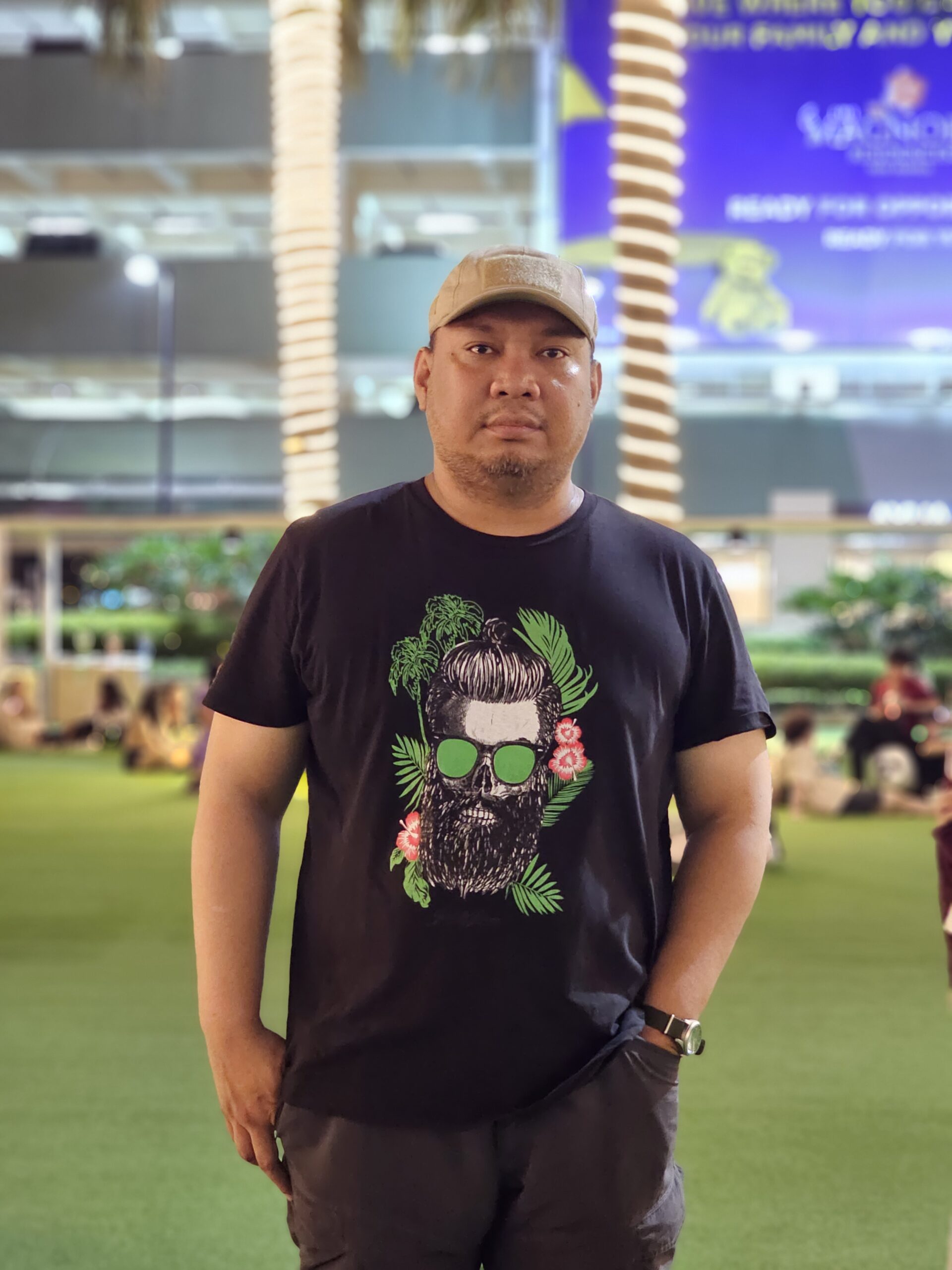
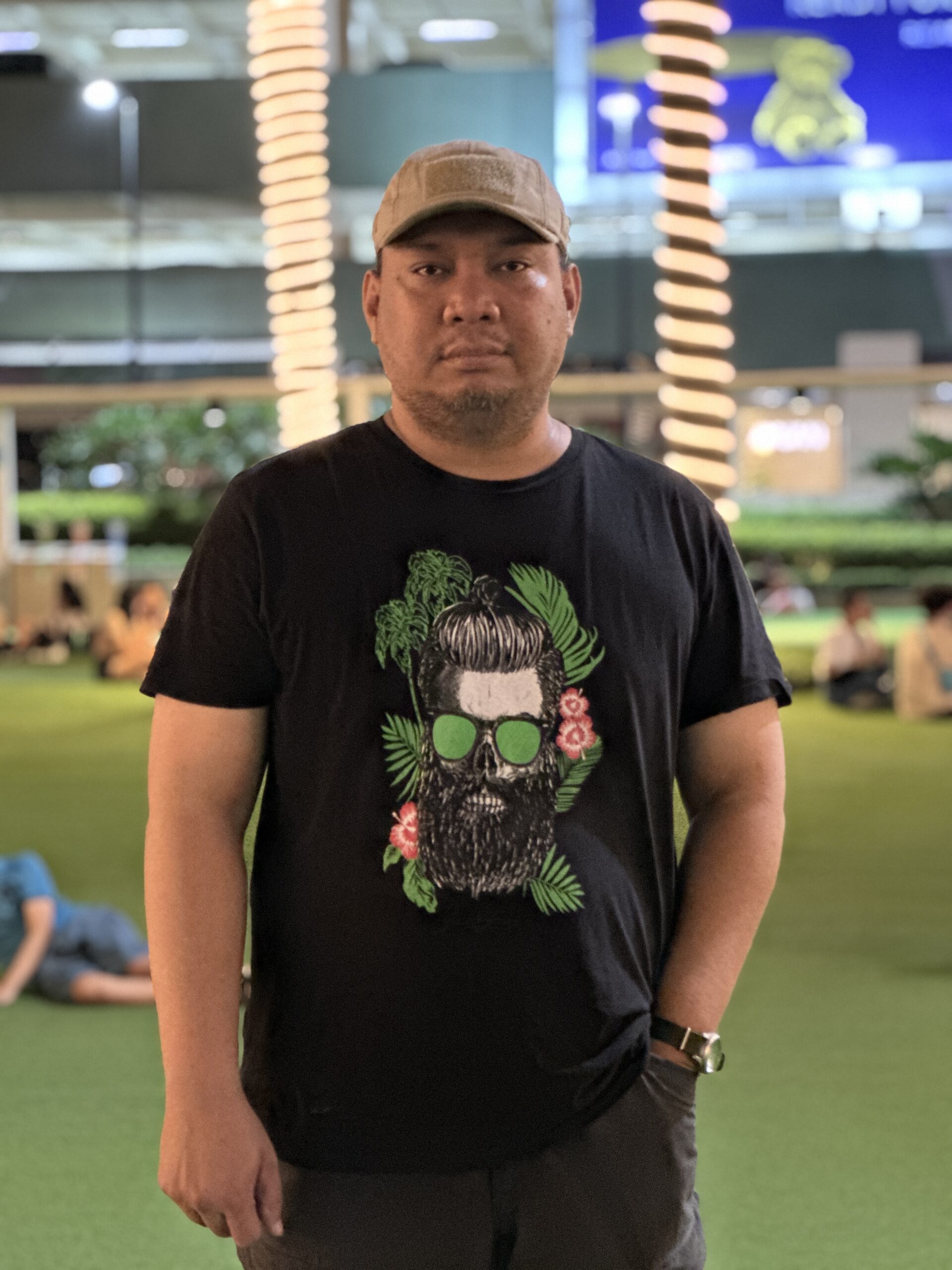

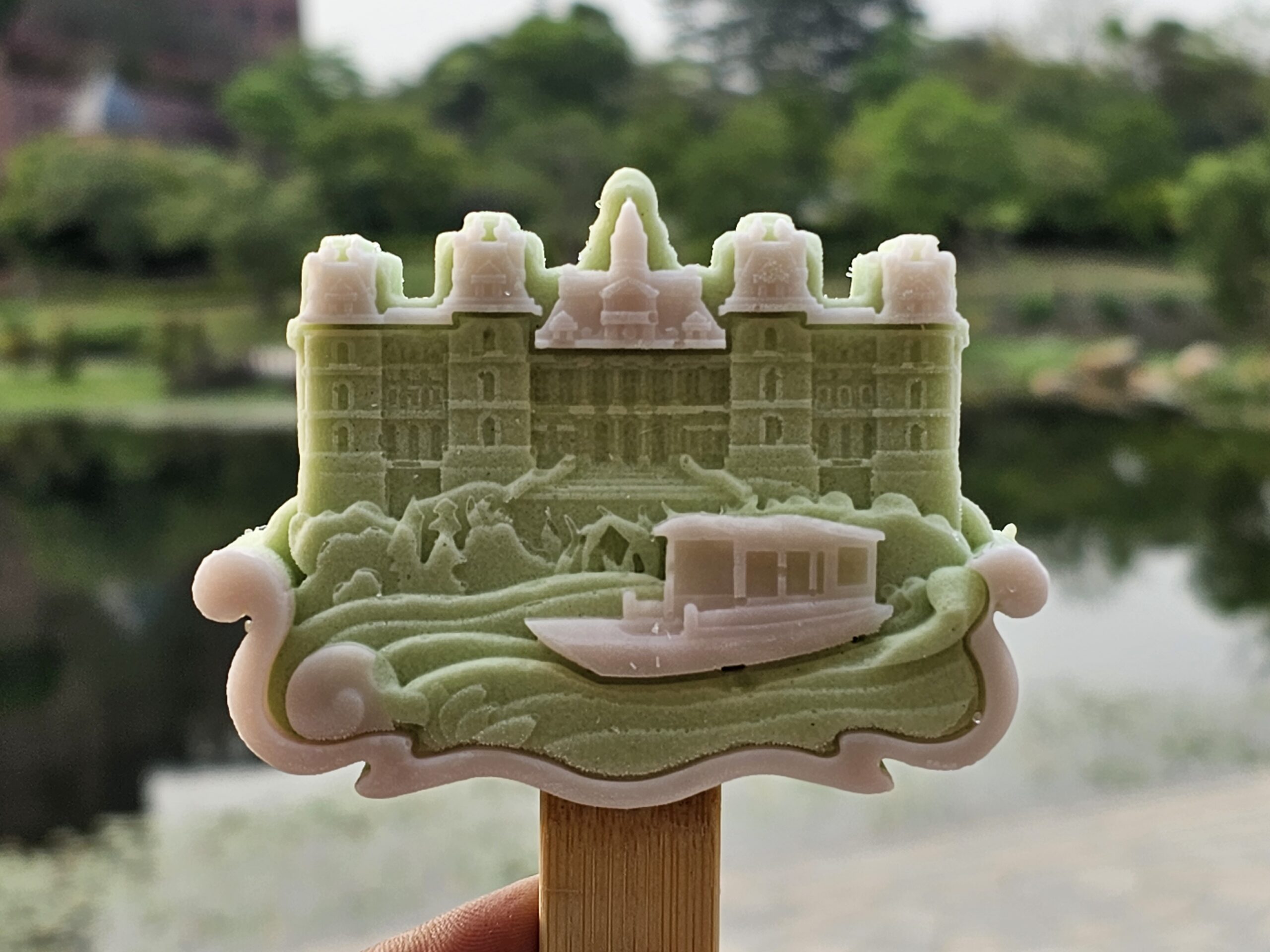
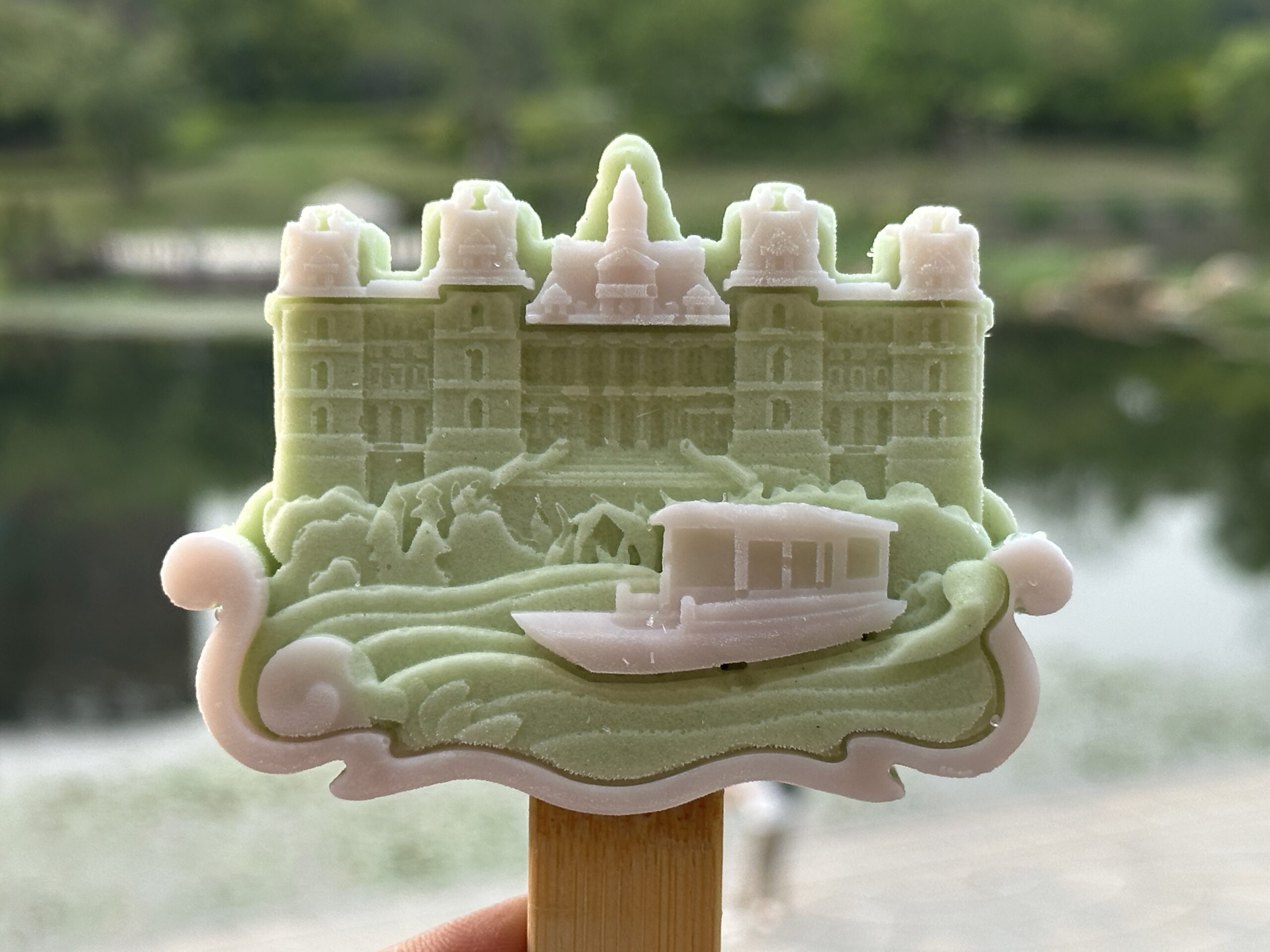

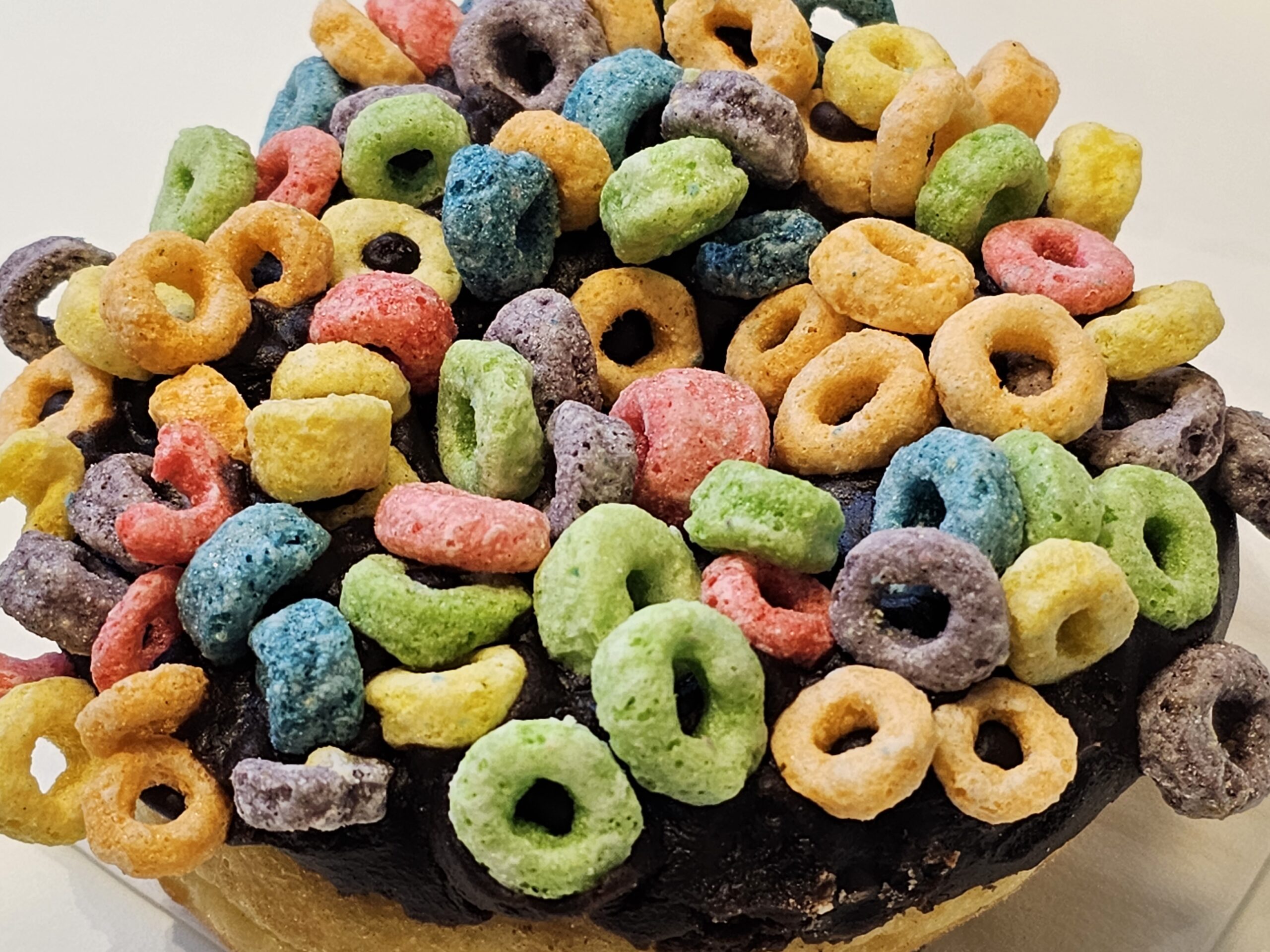
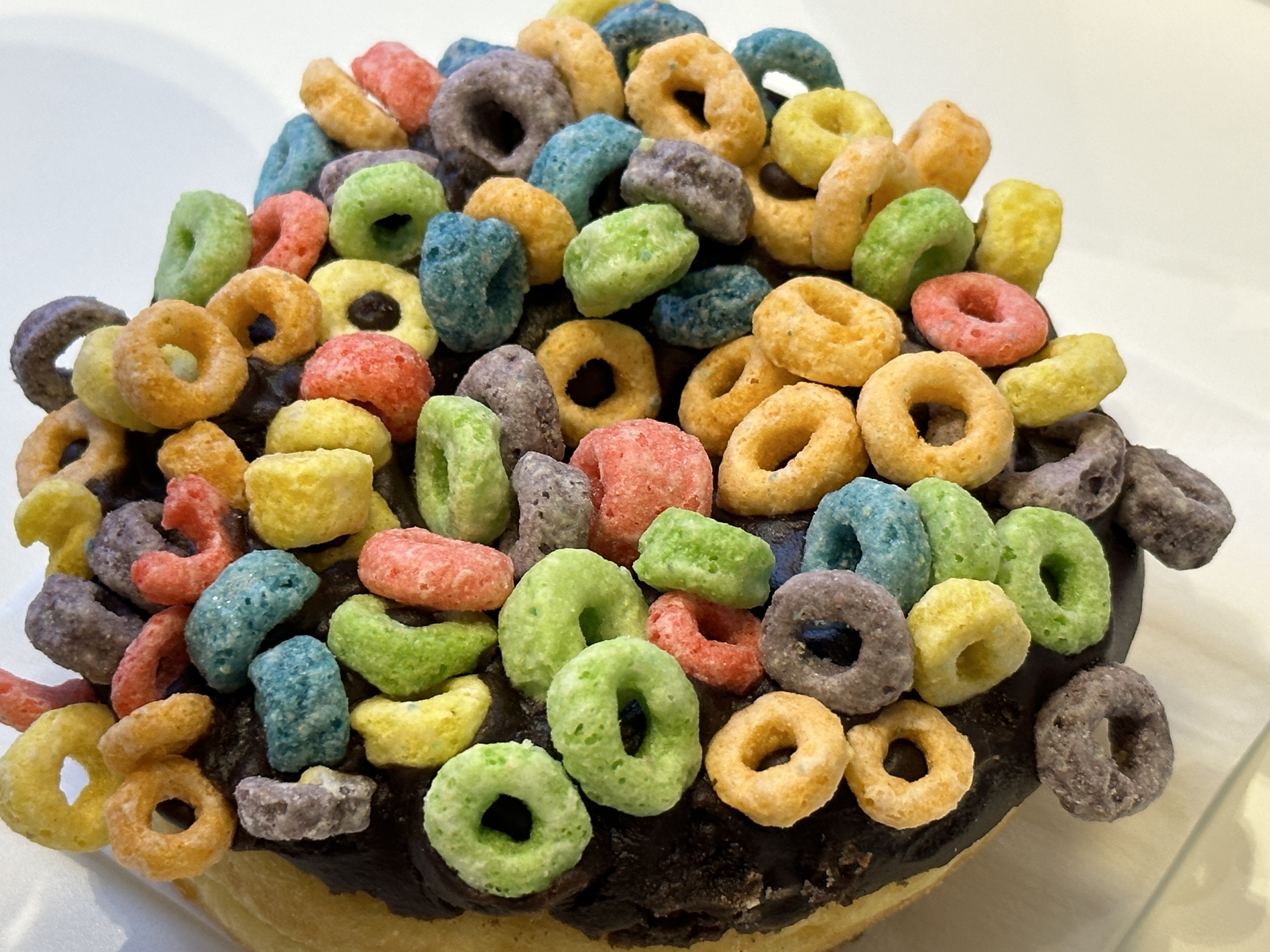

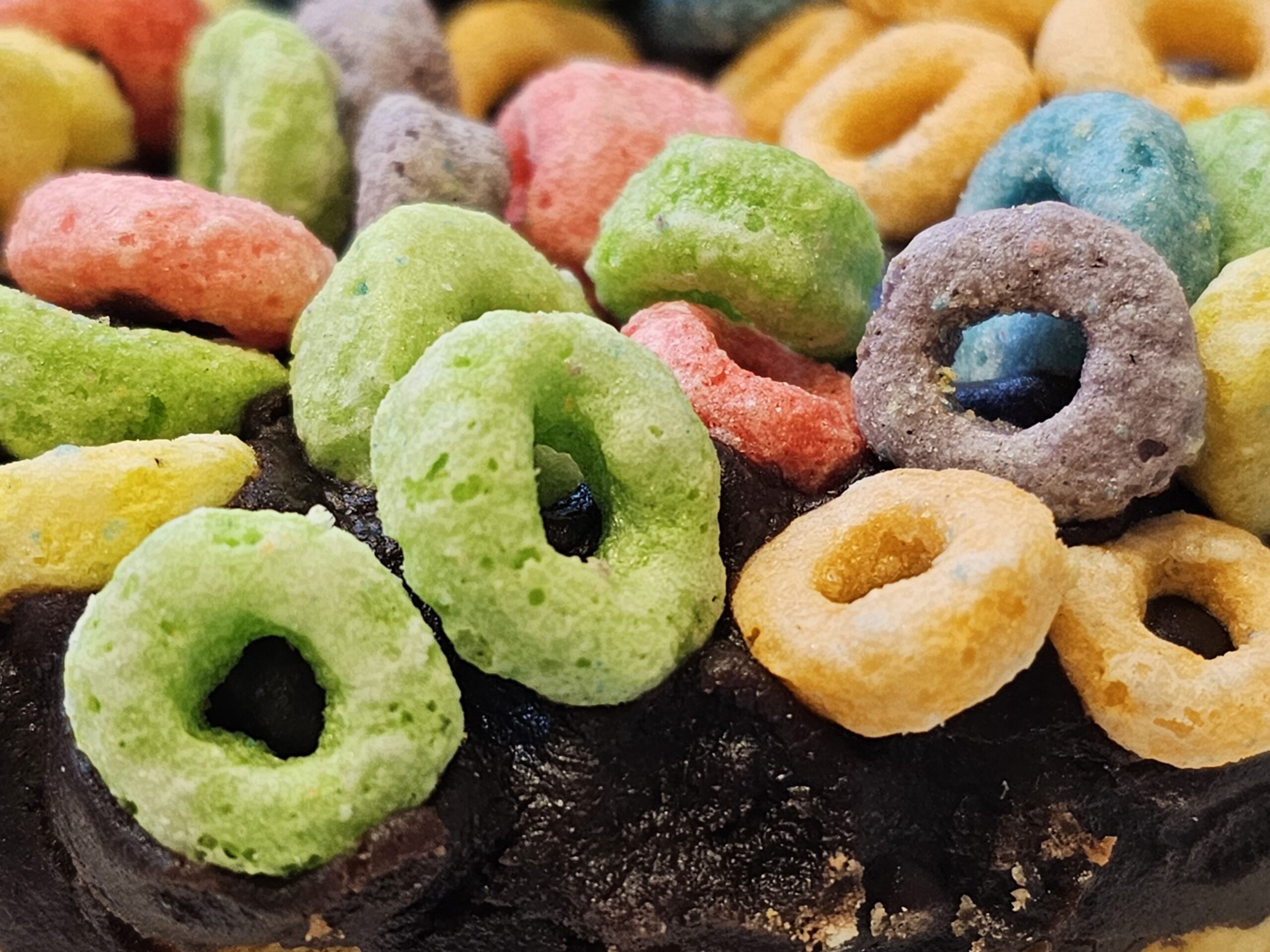
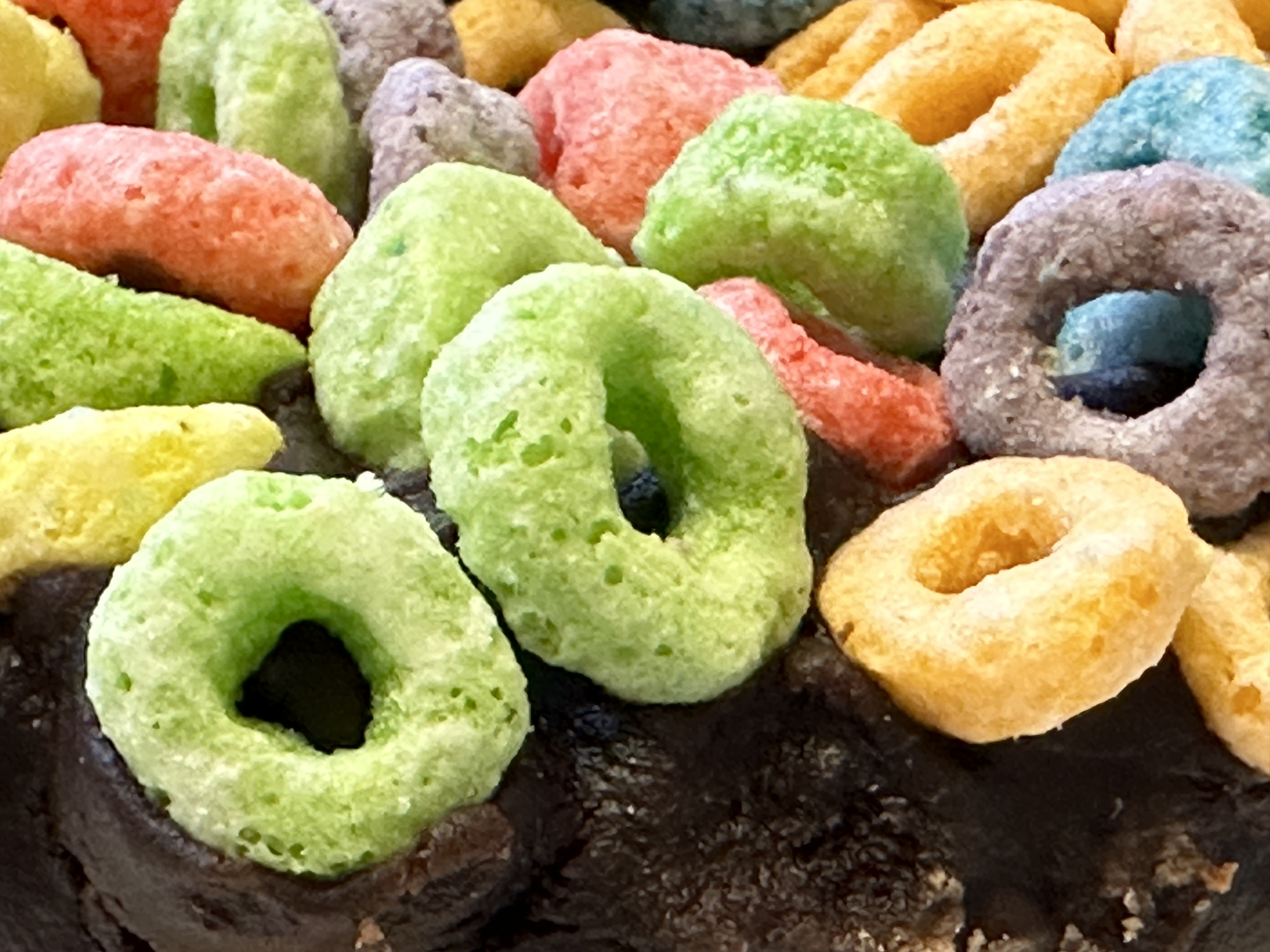














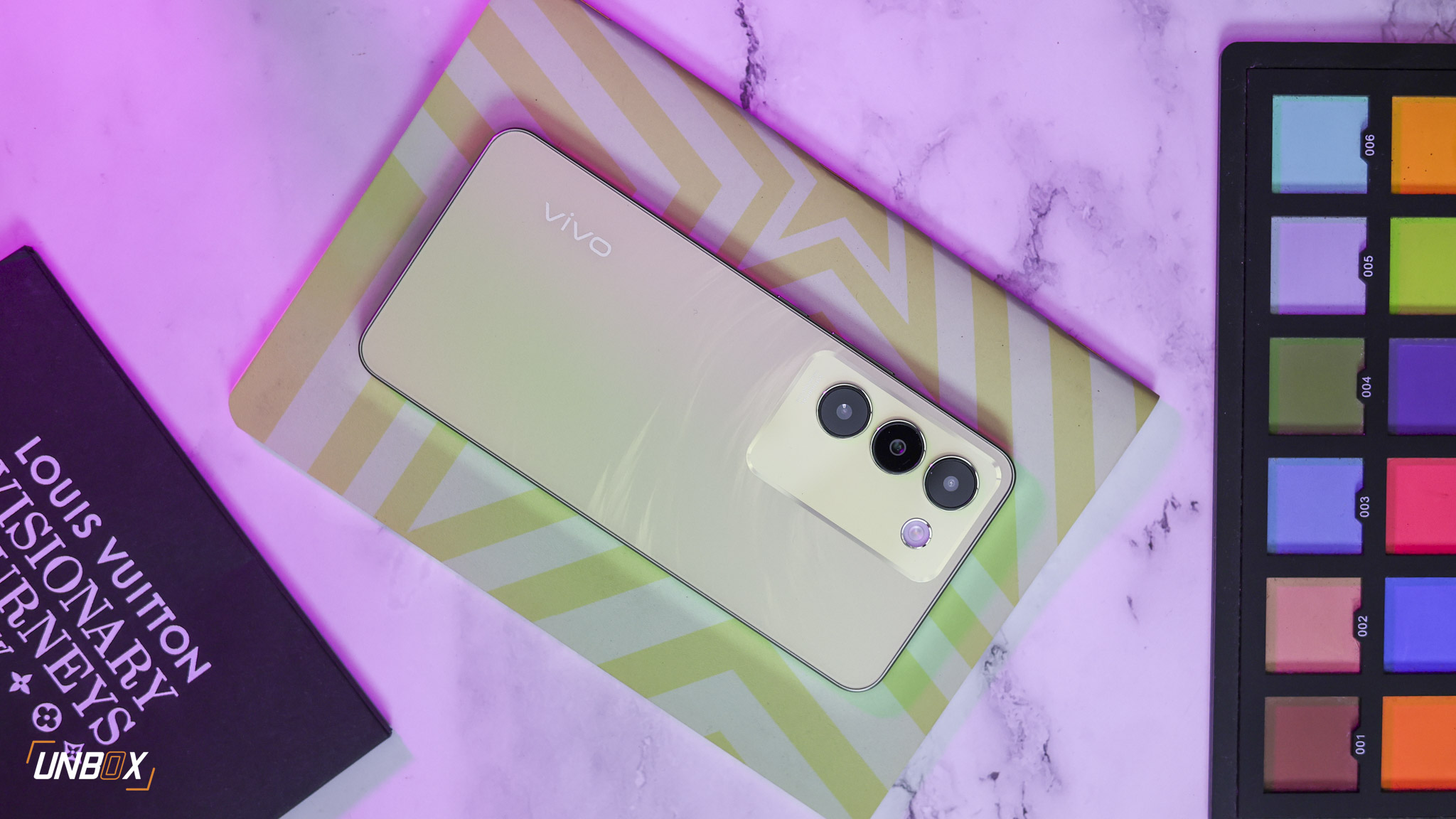

















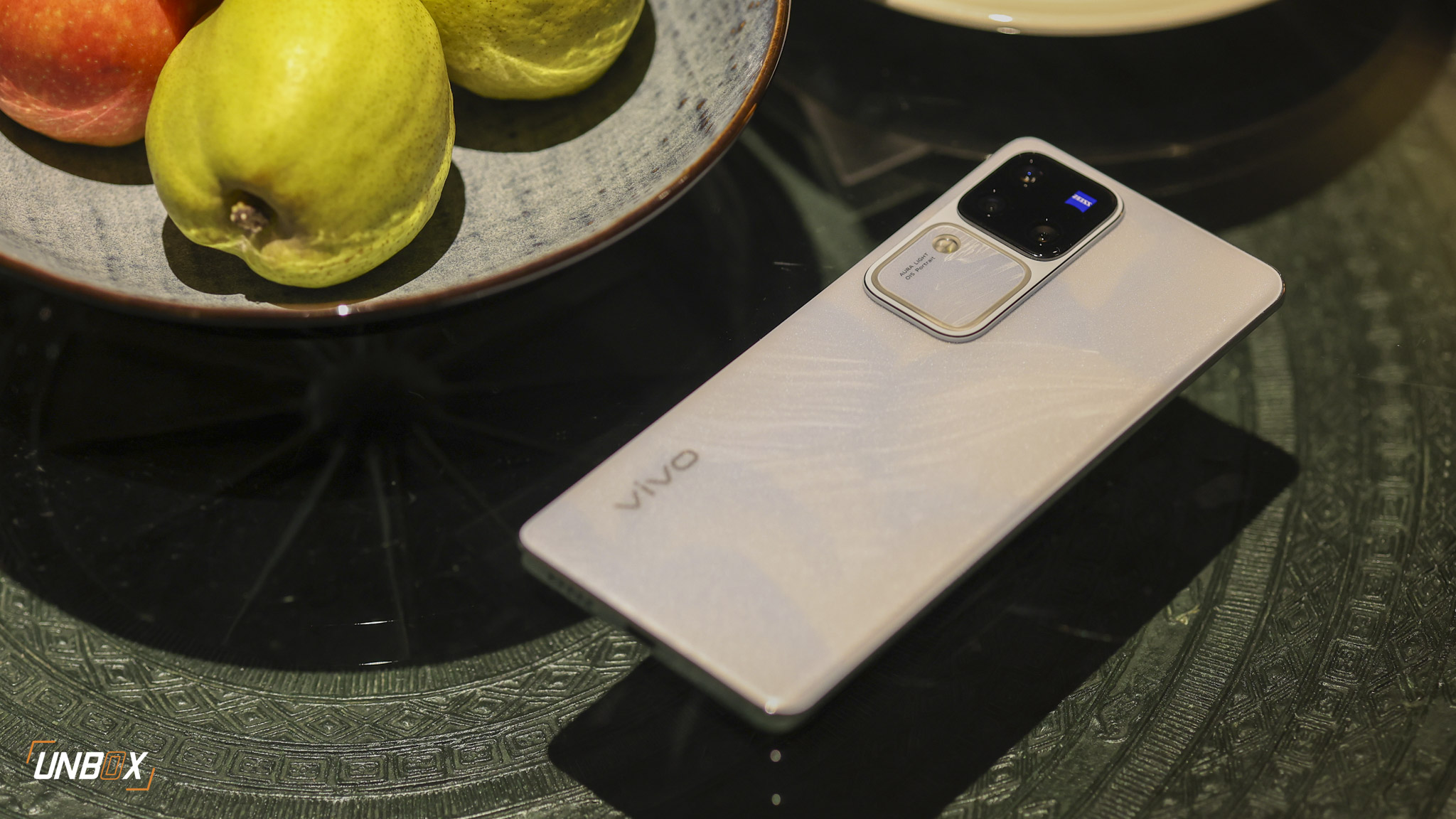
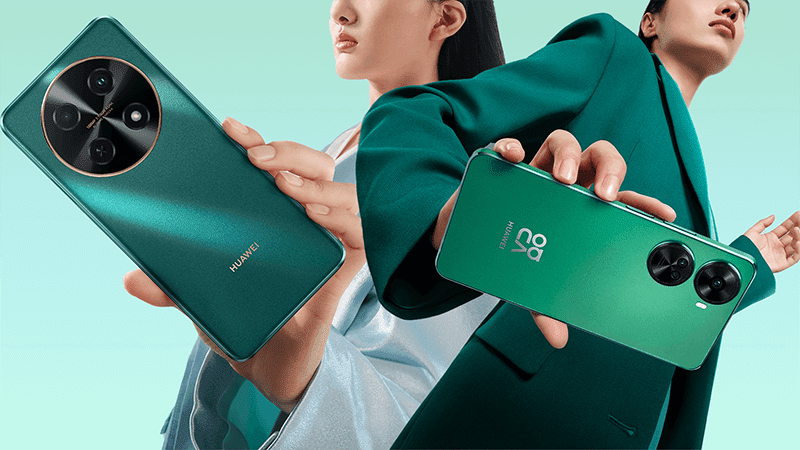
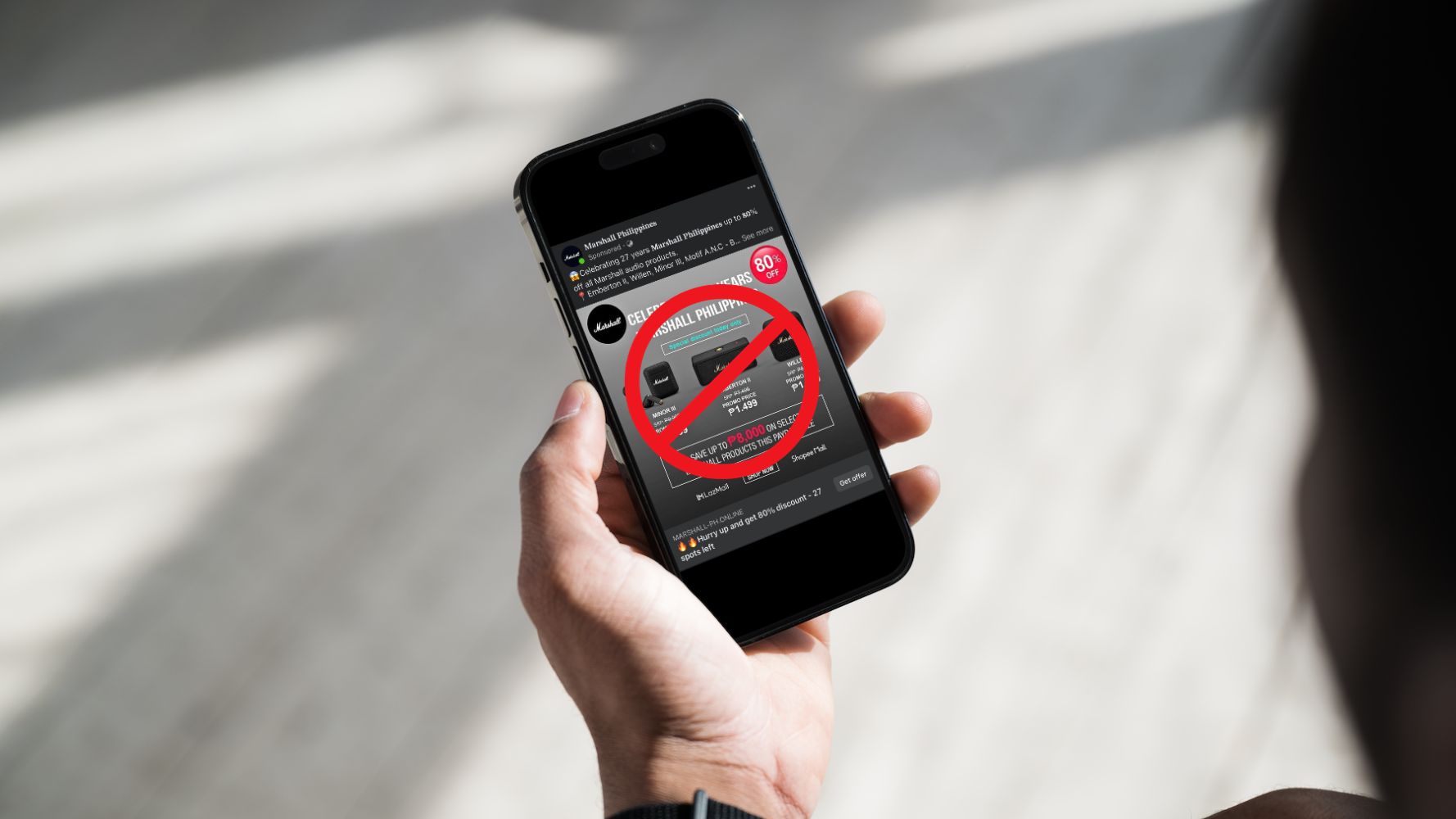
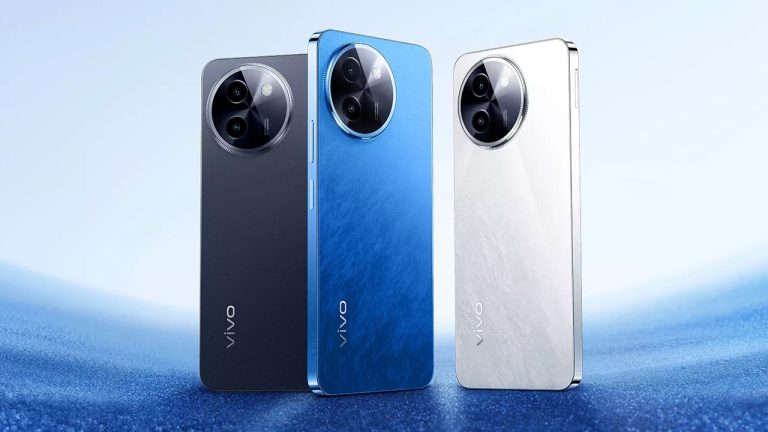
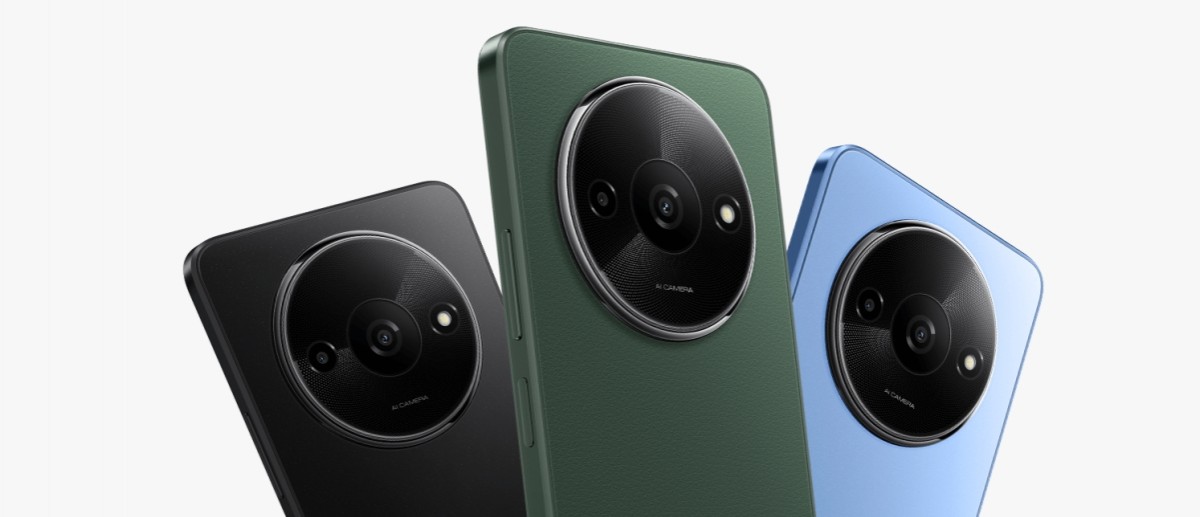
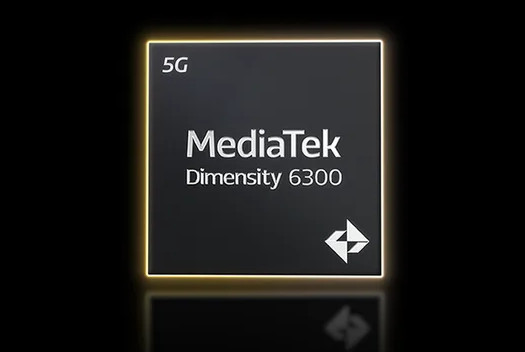



























1 Comment